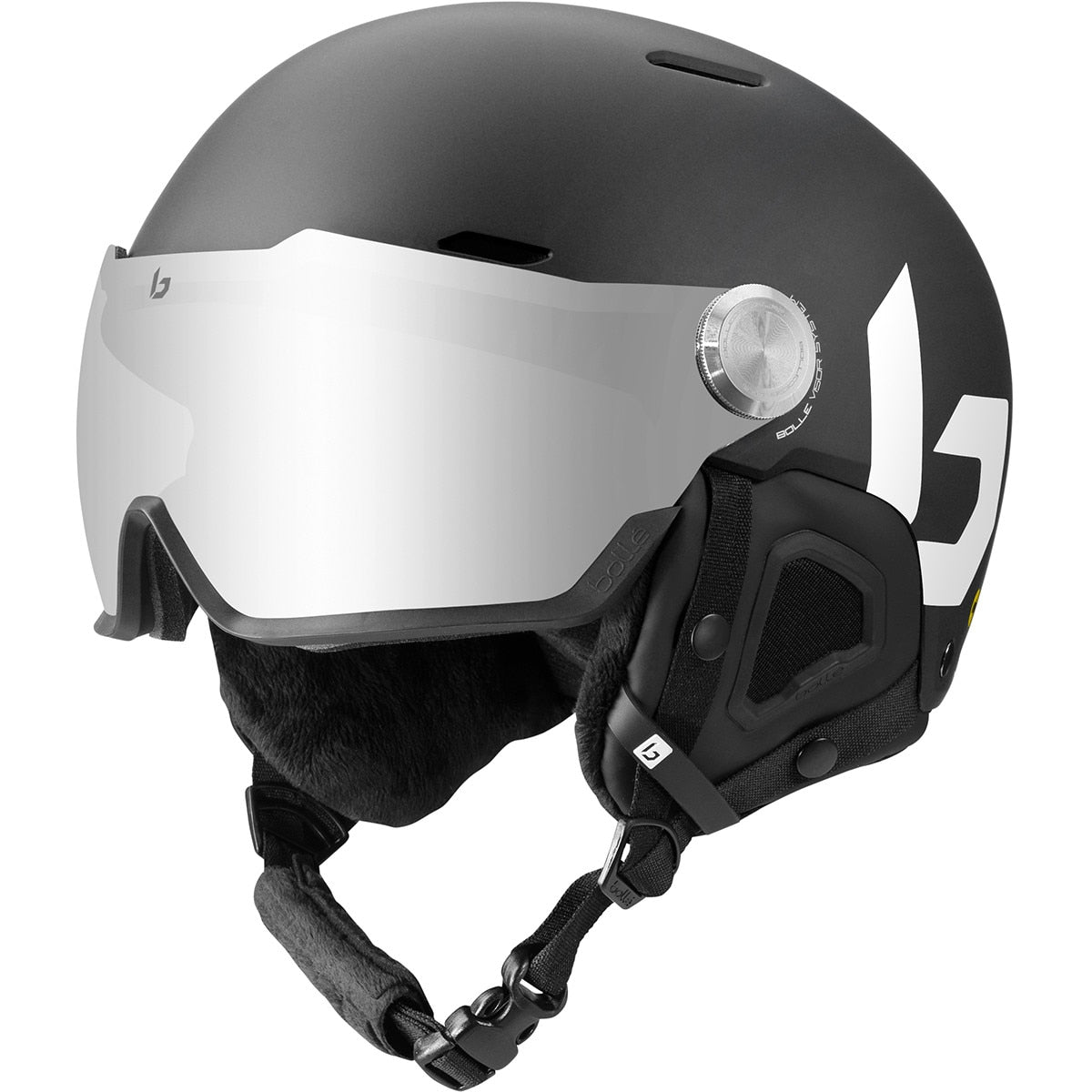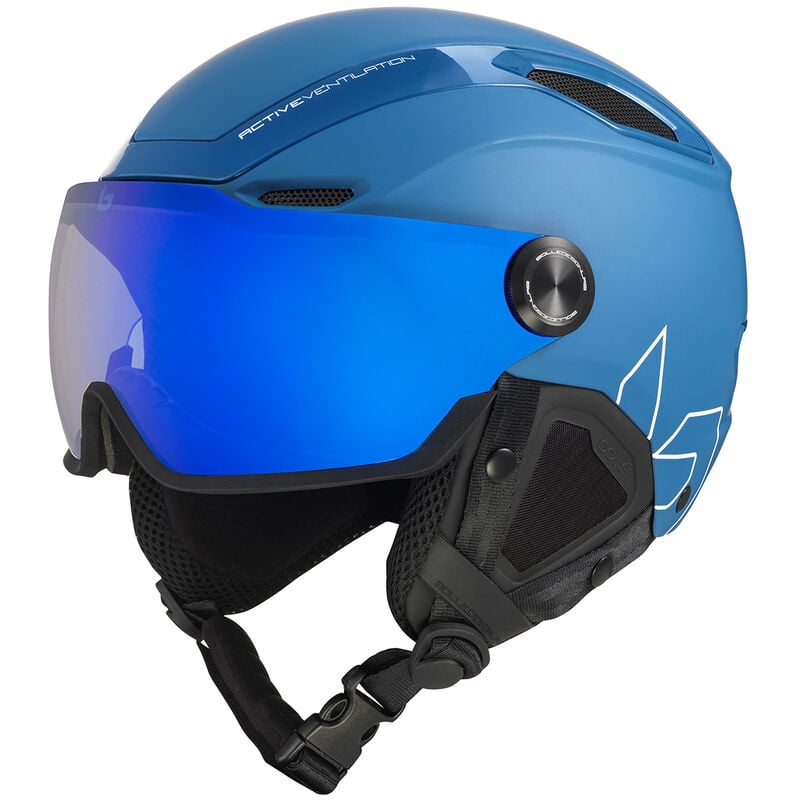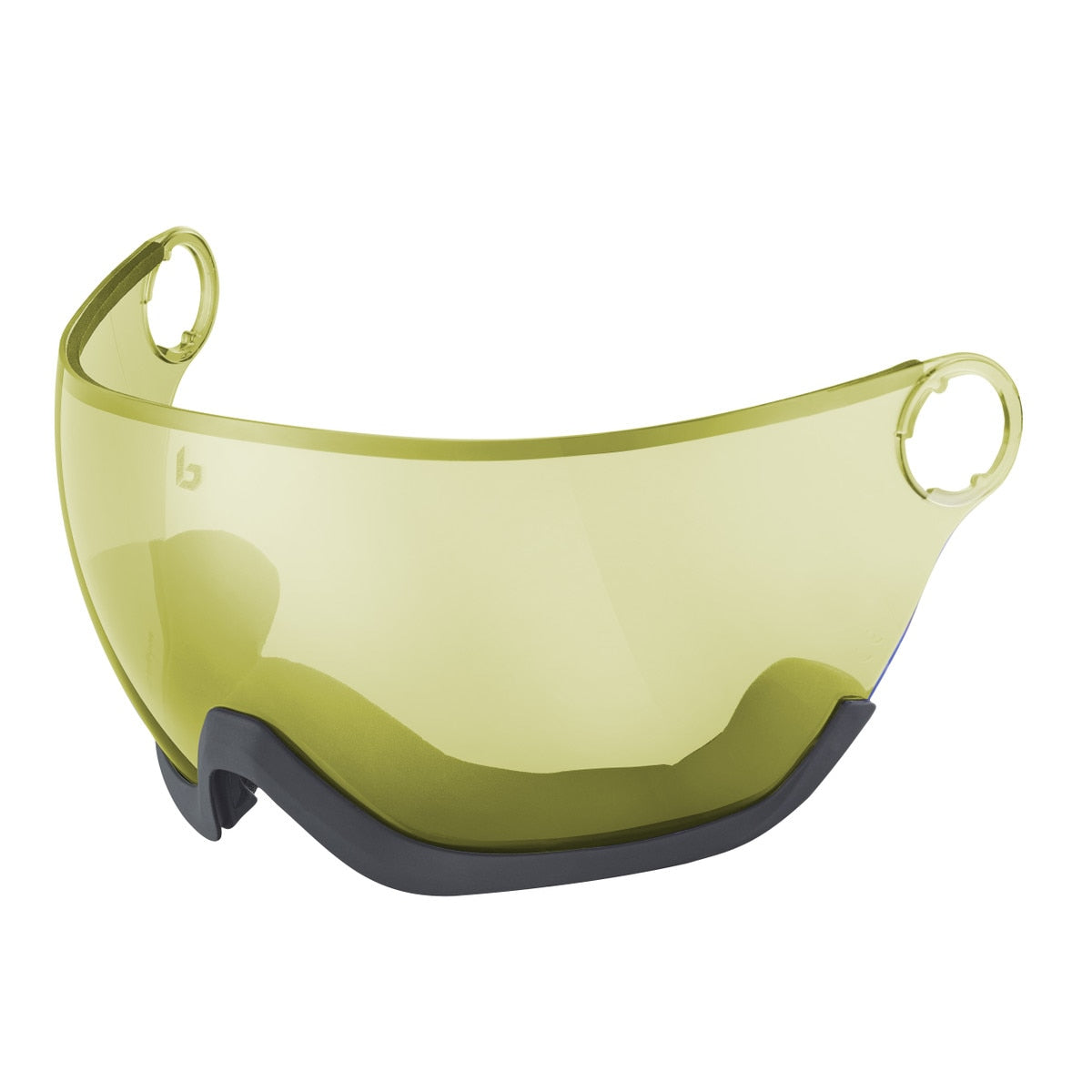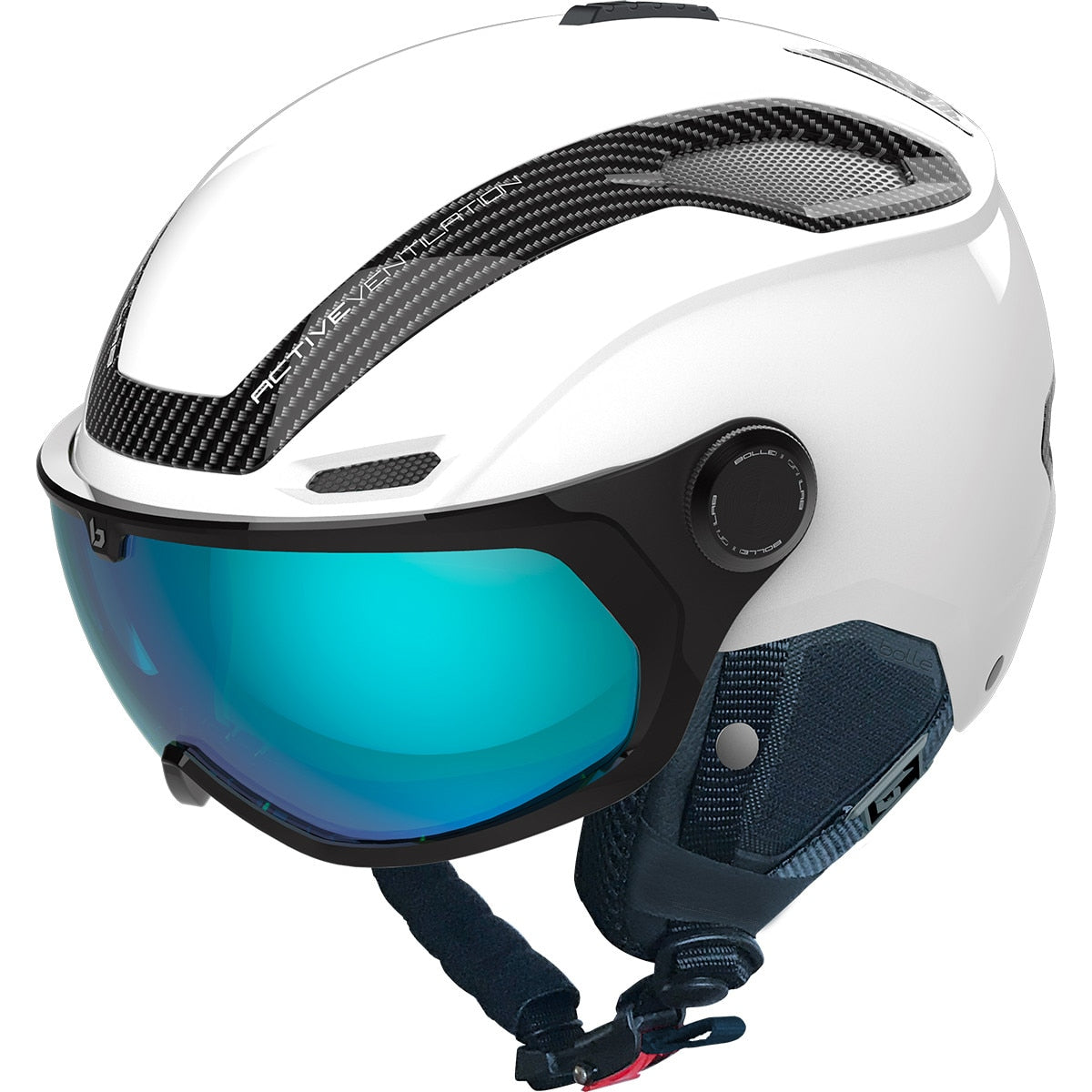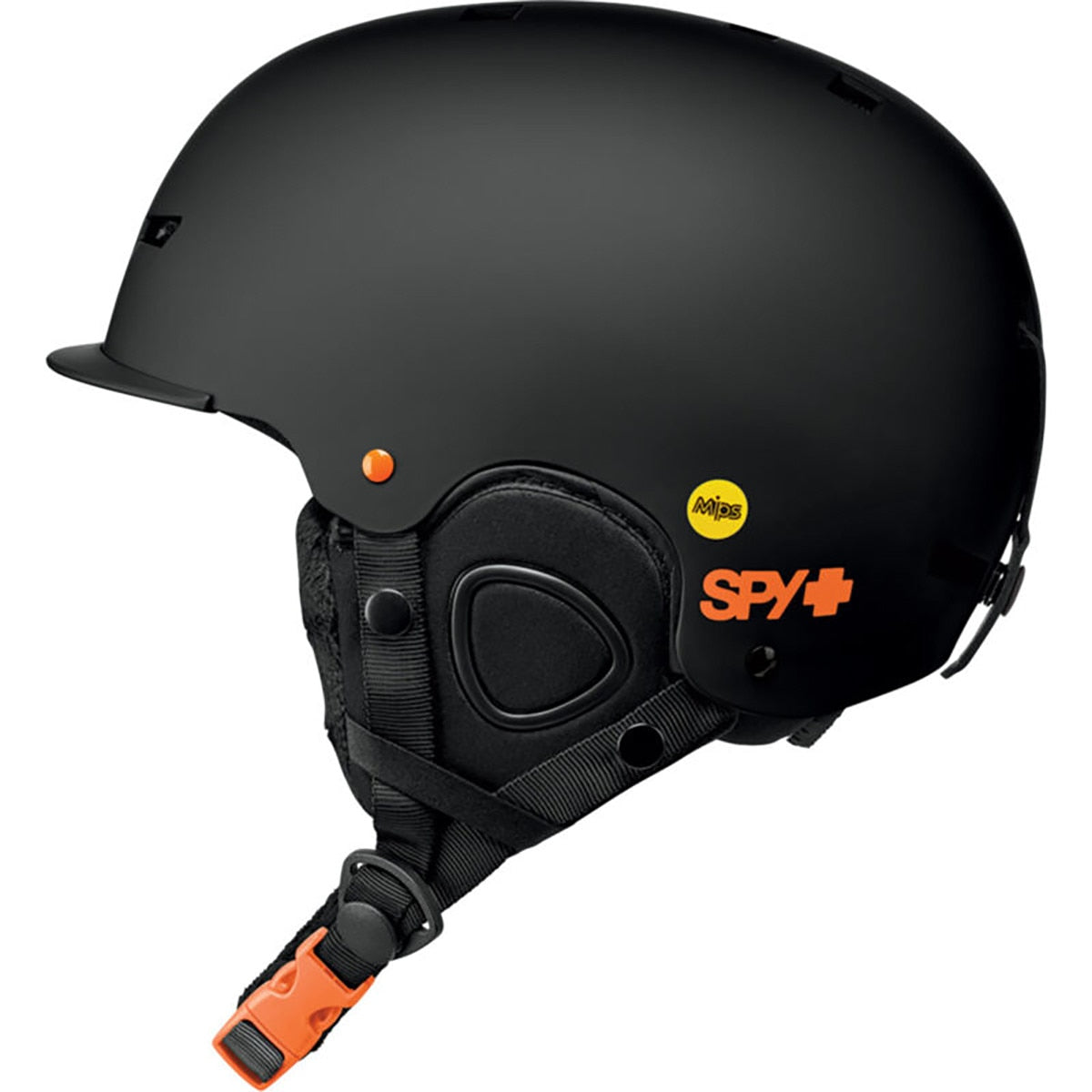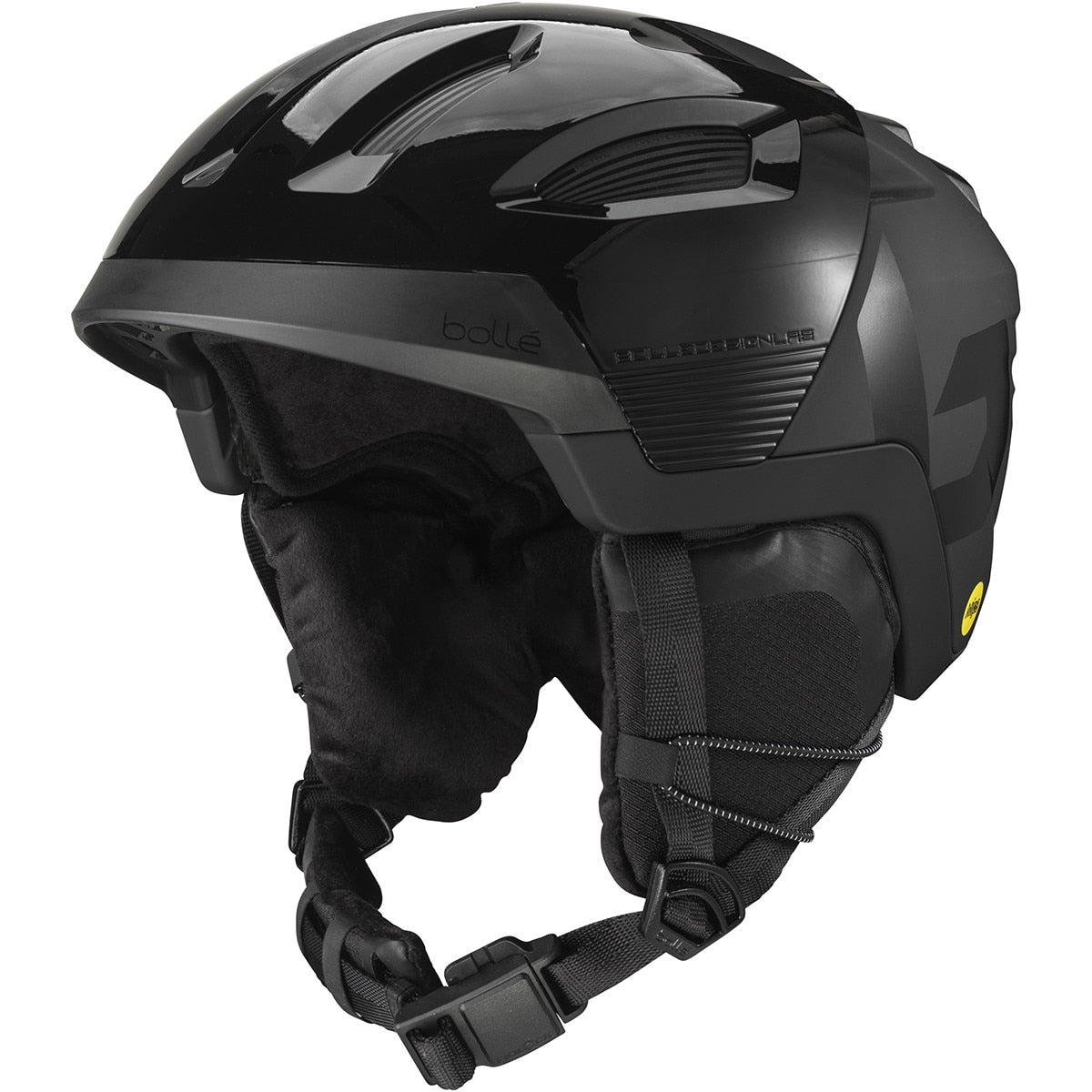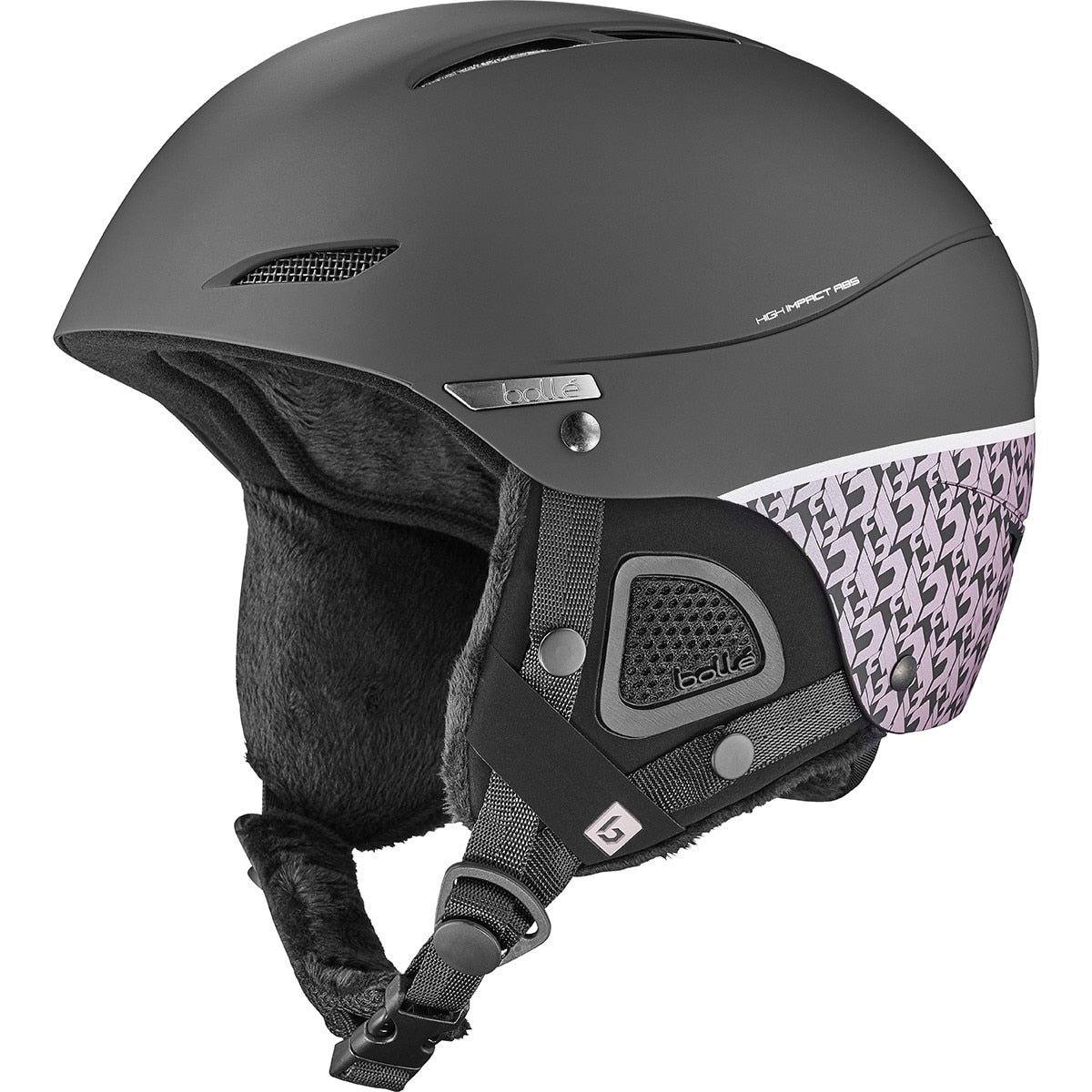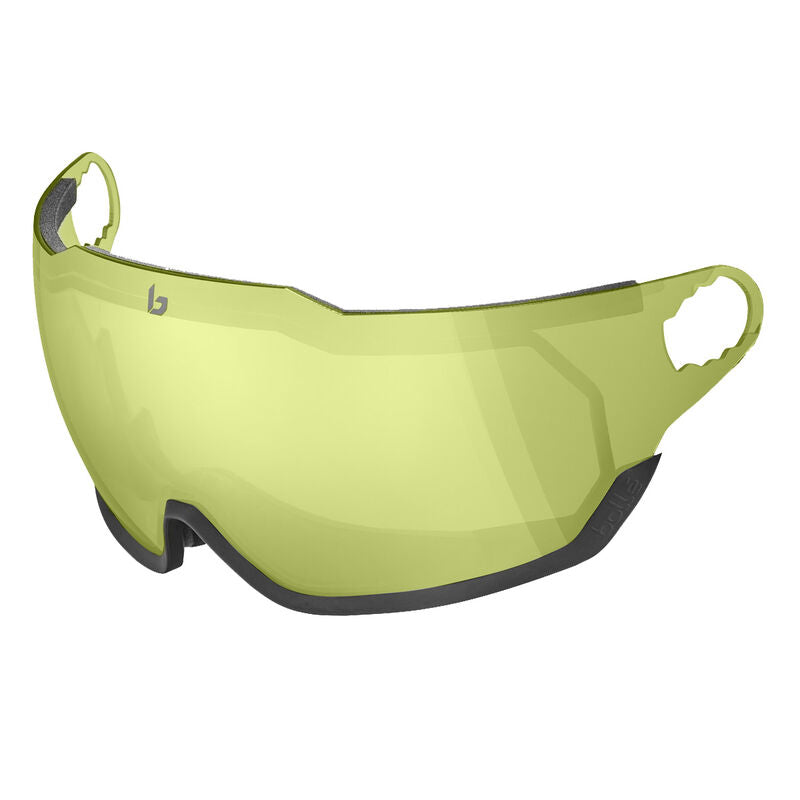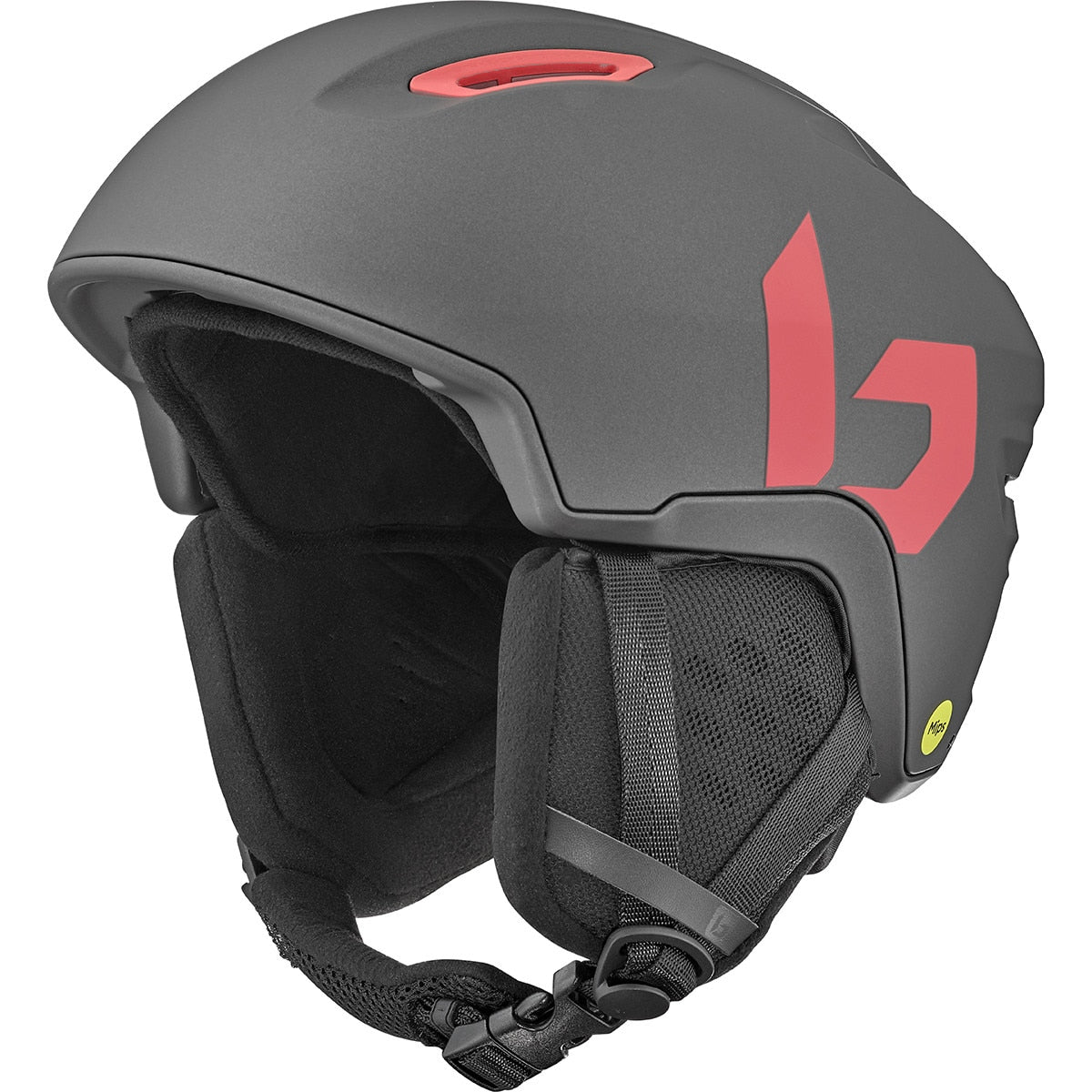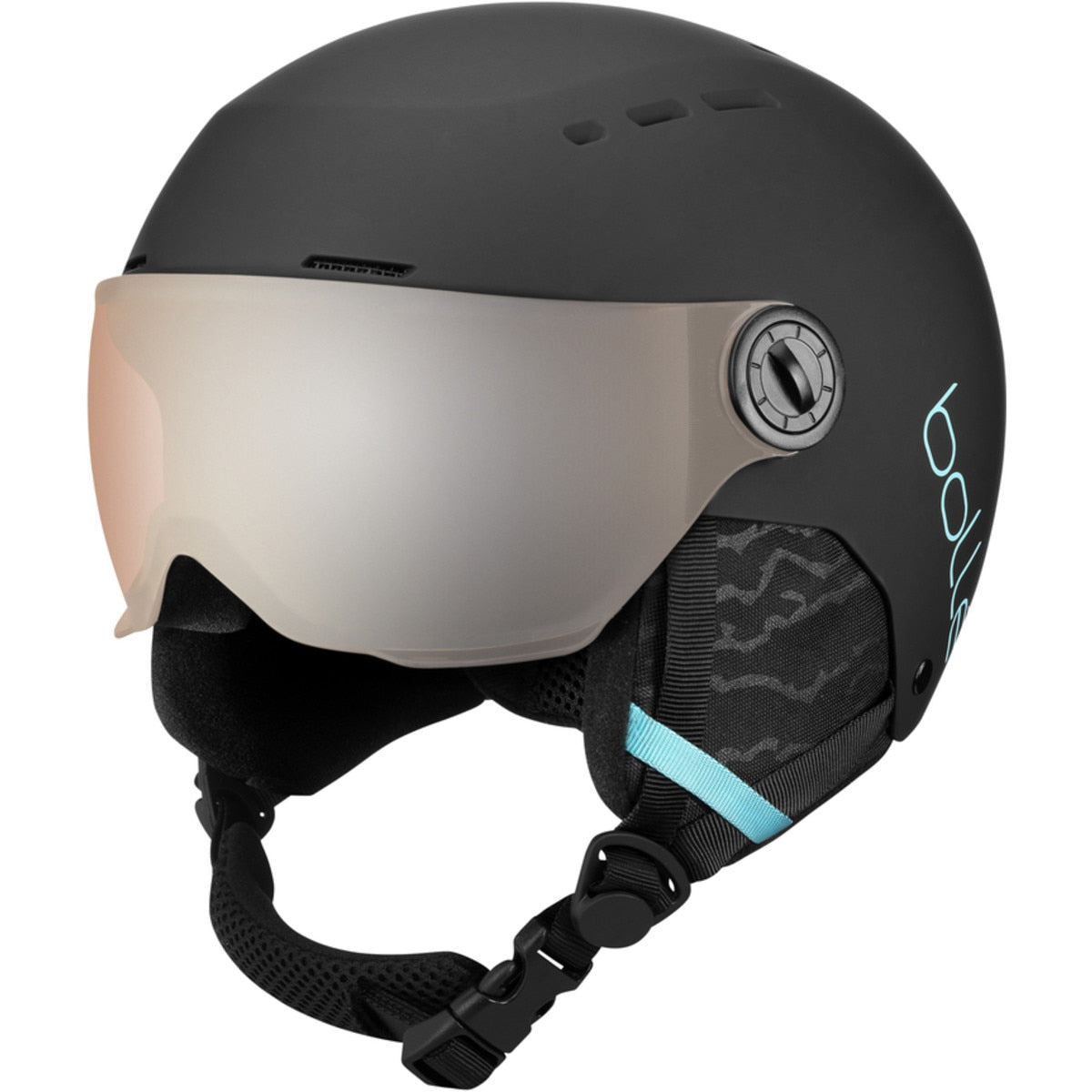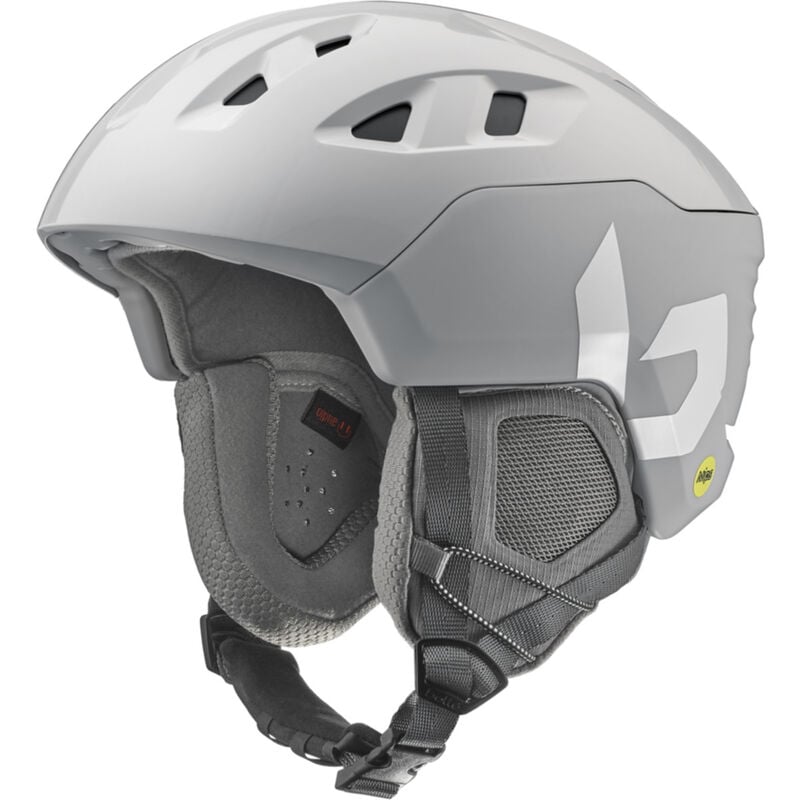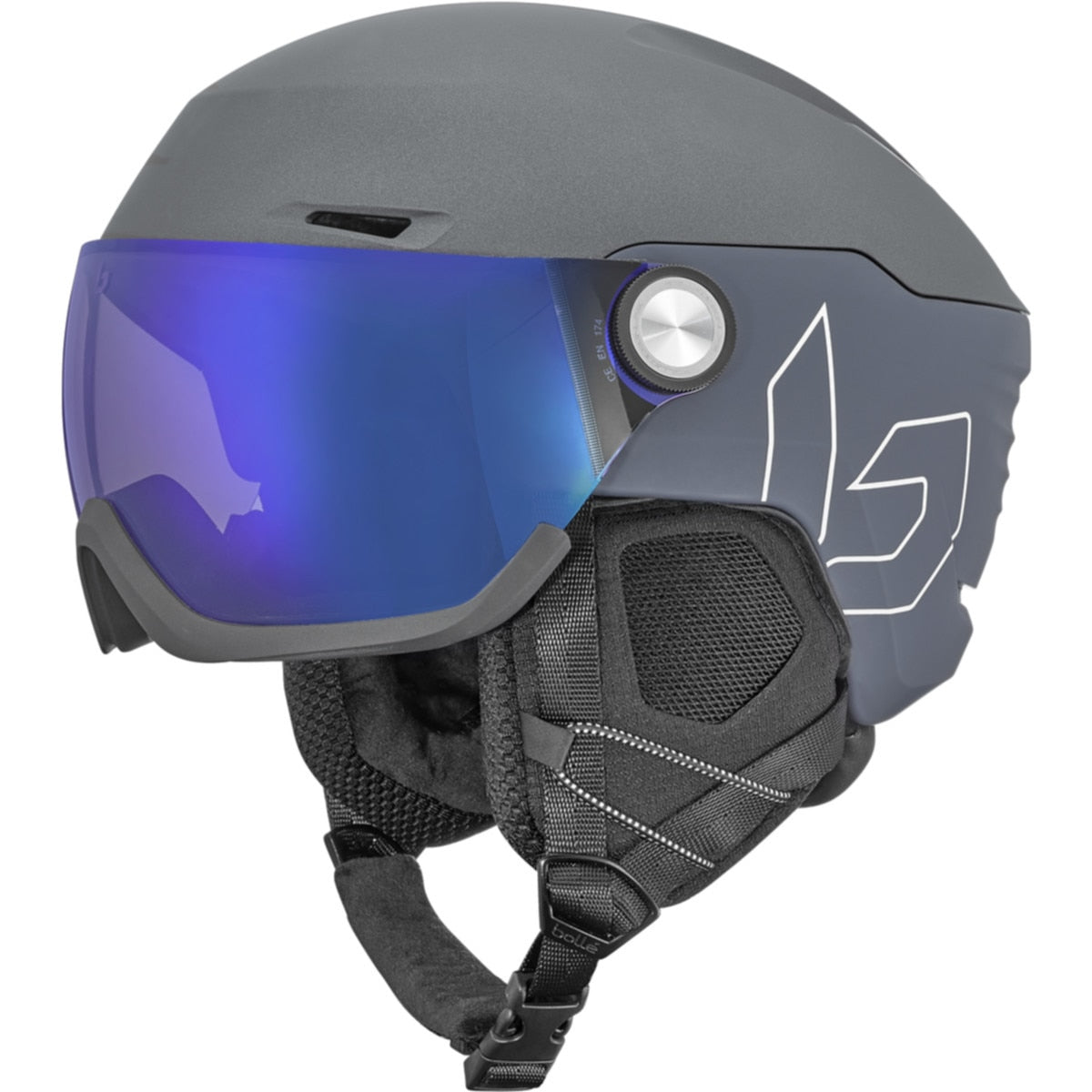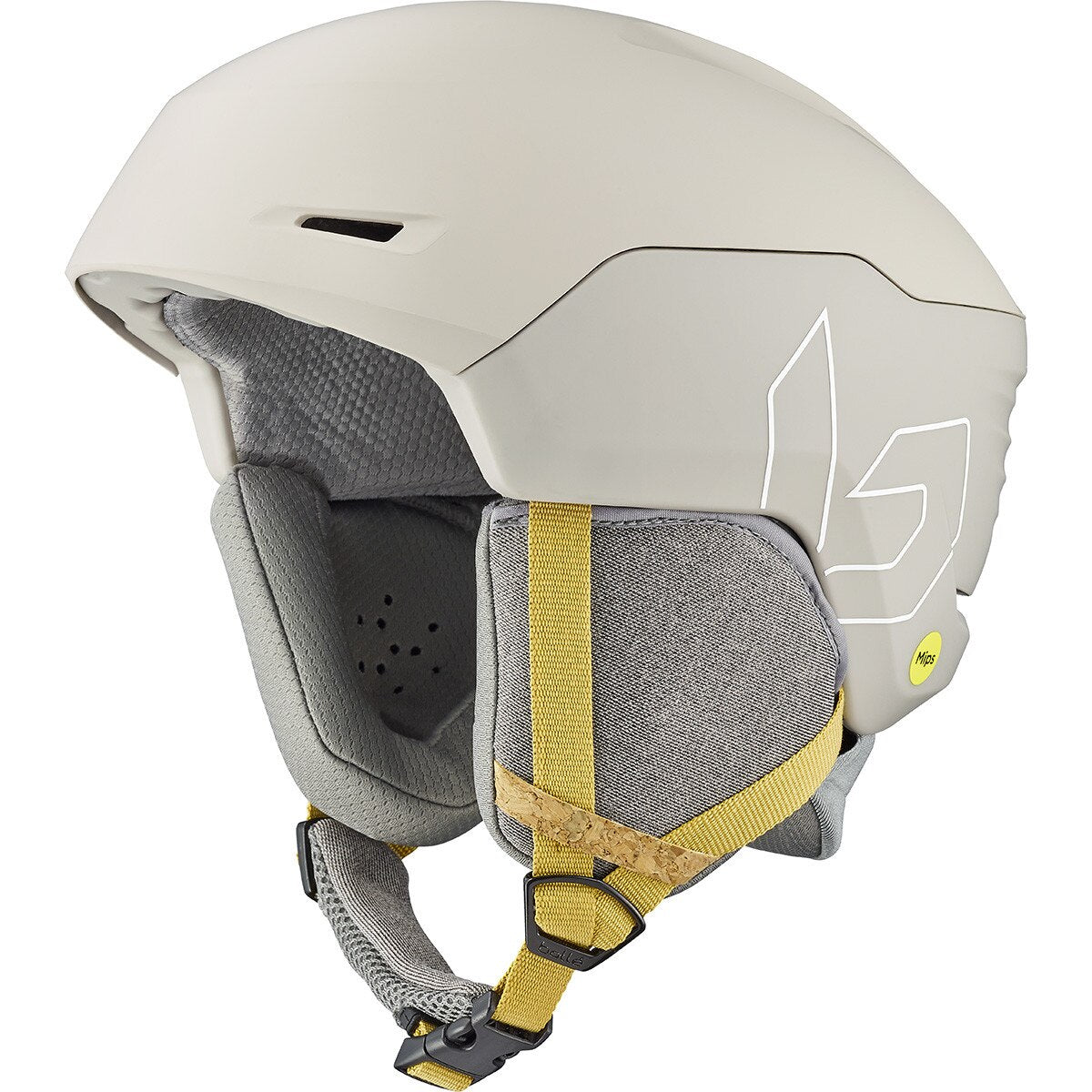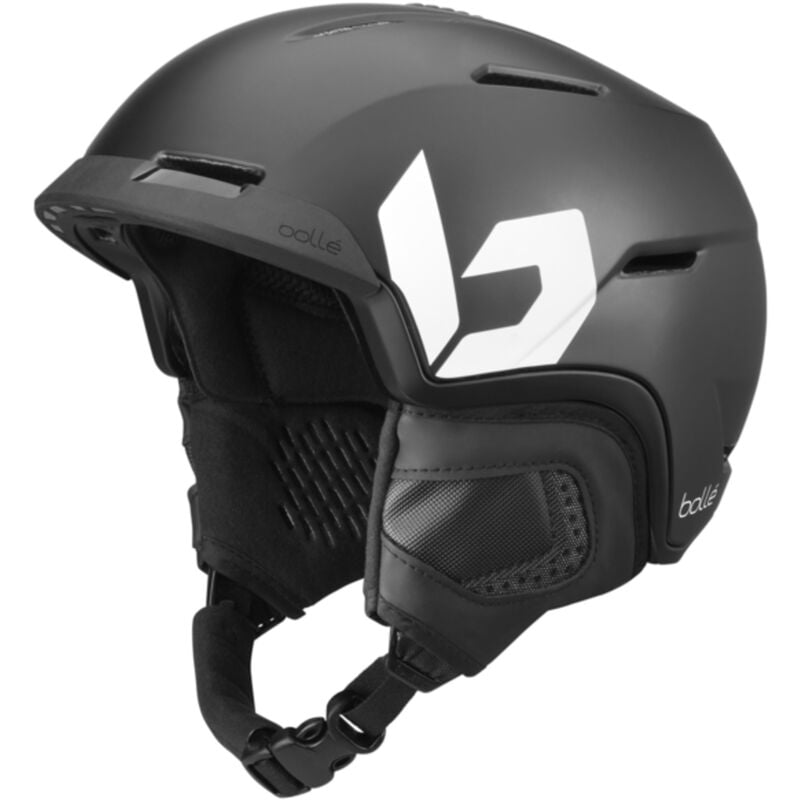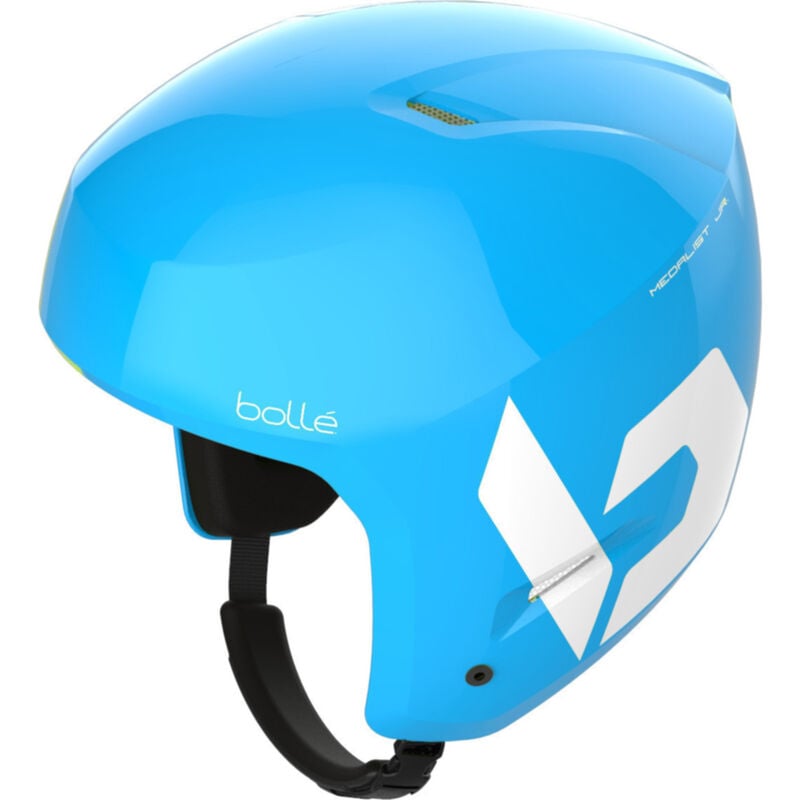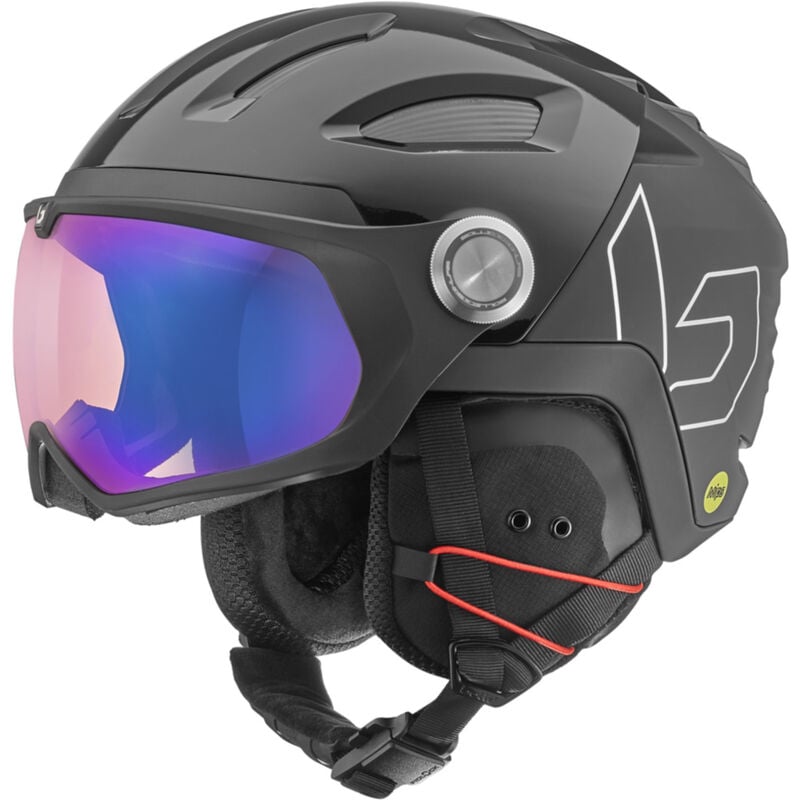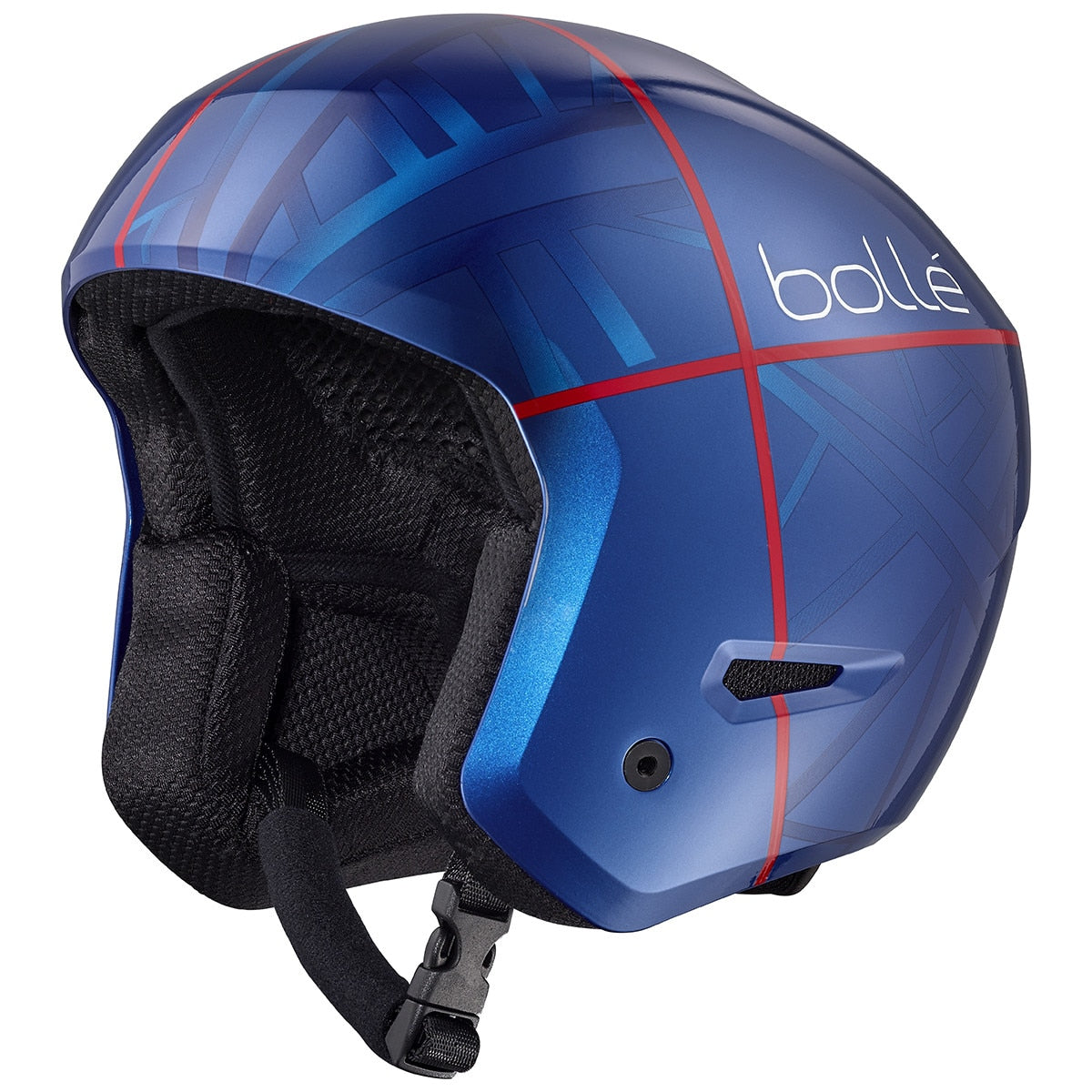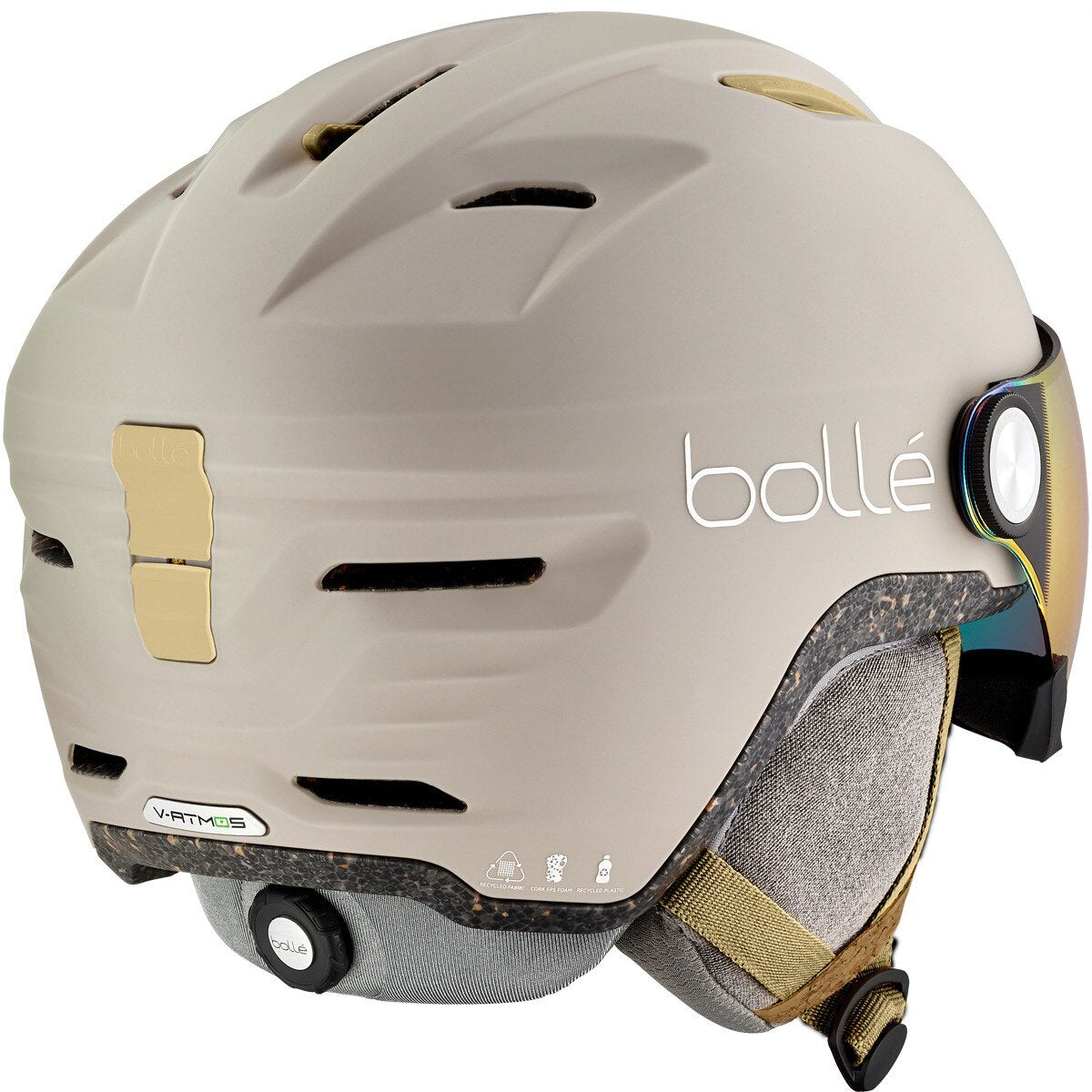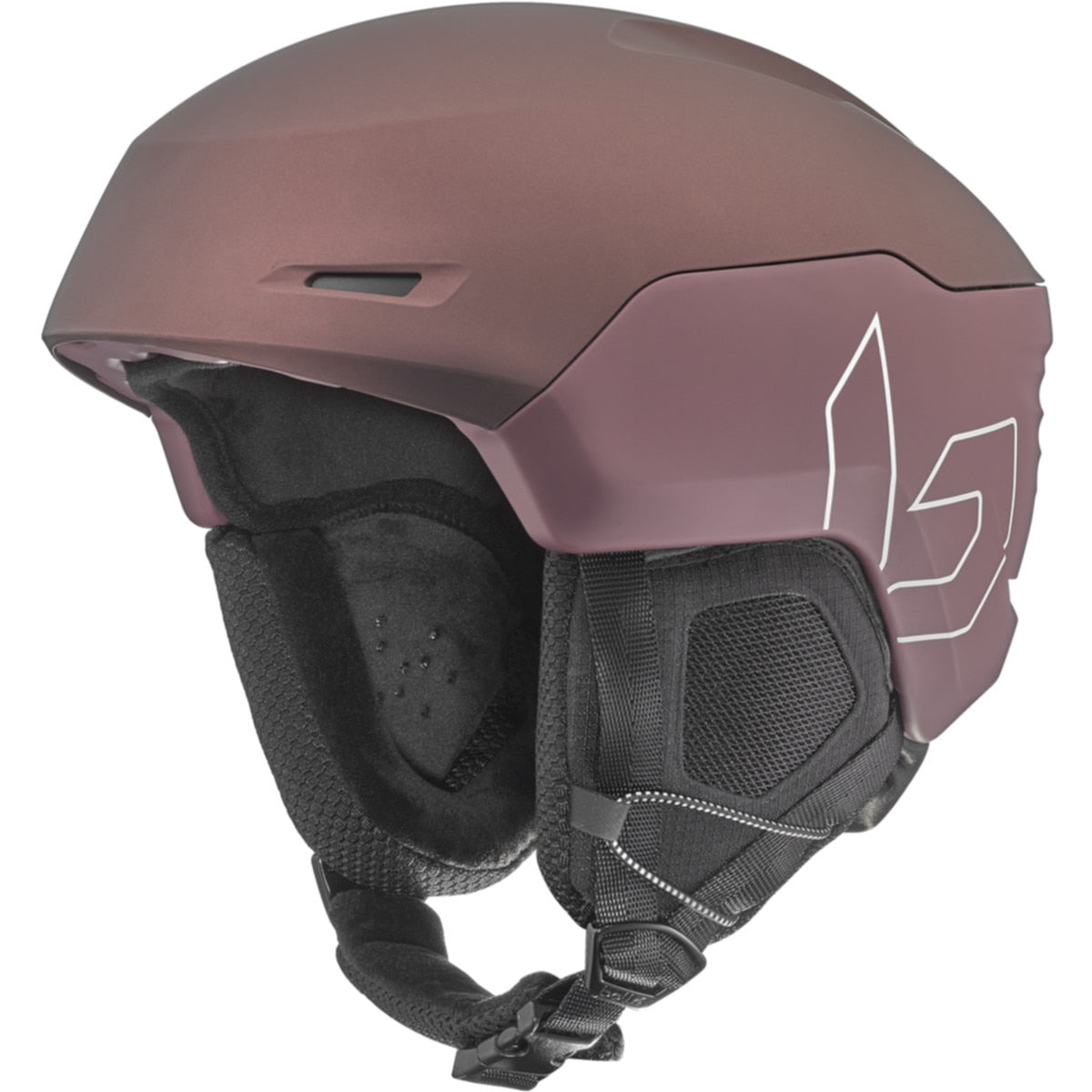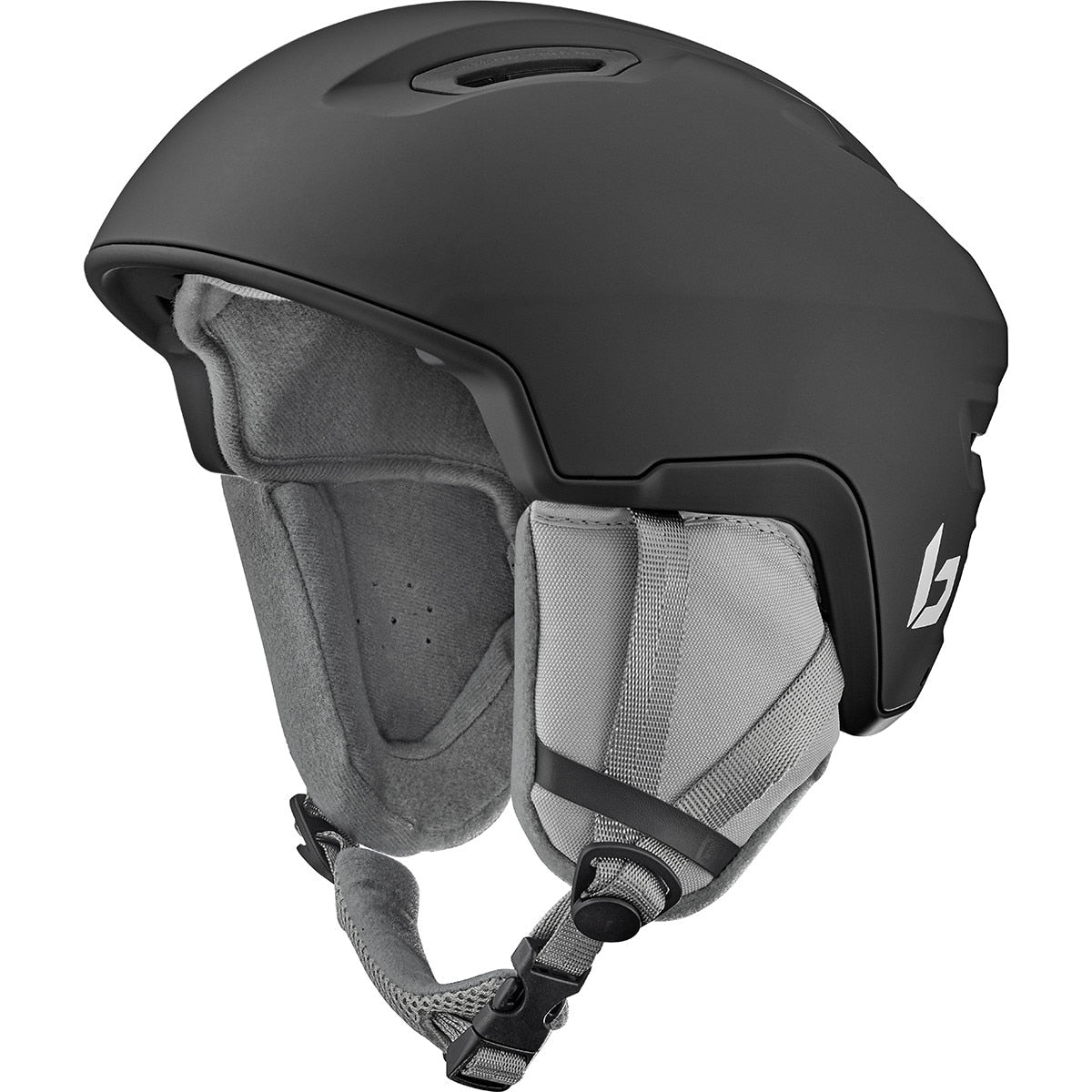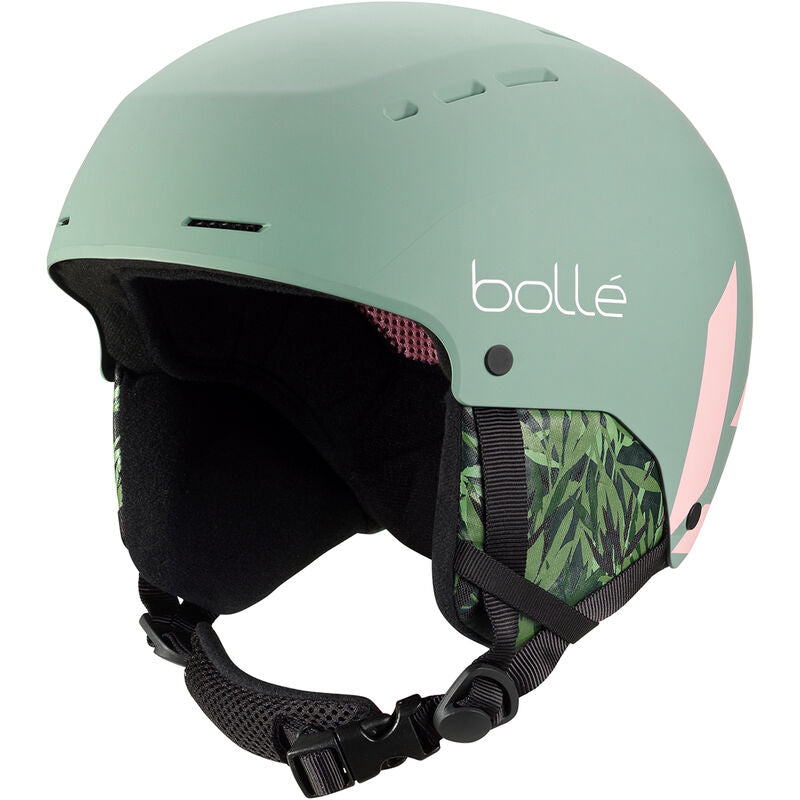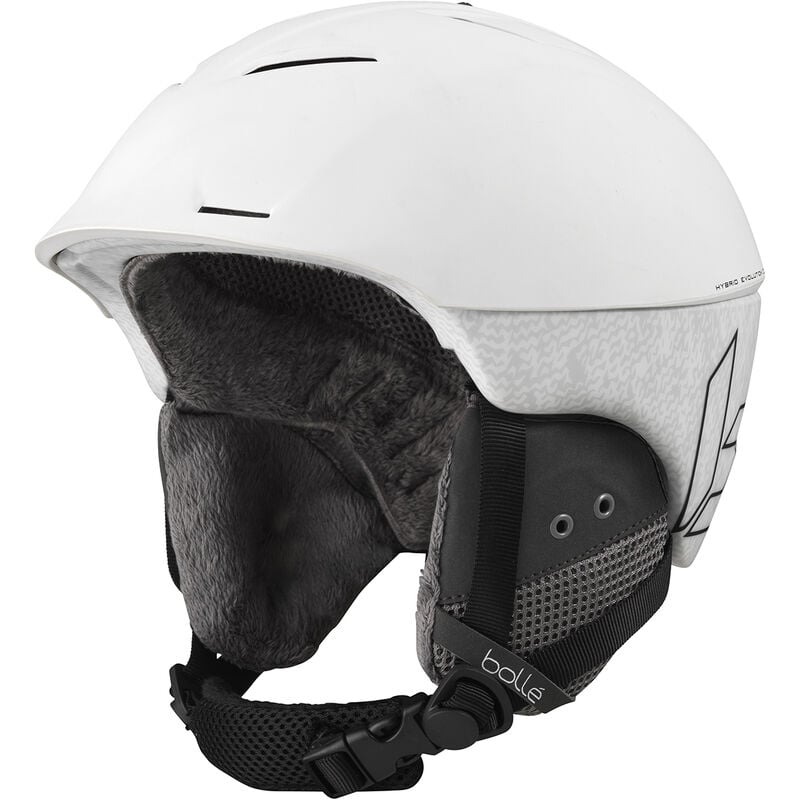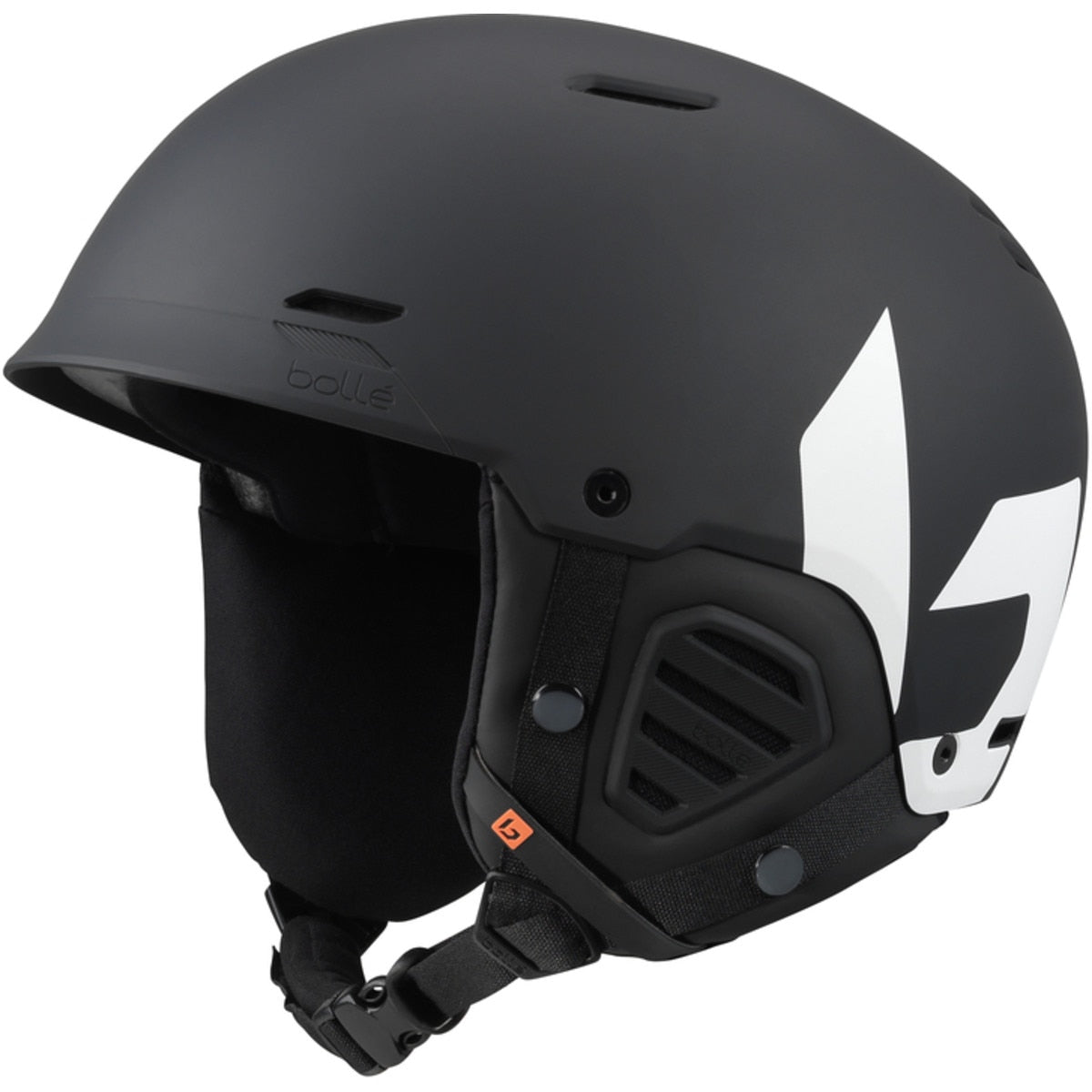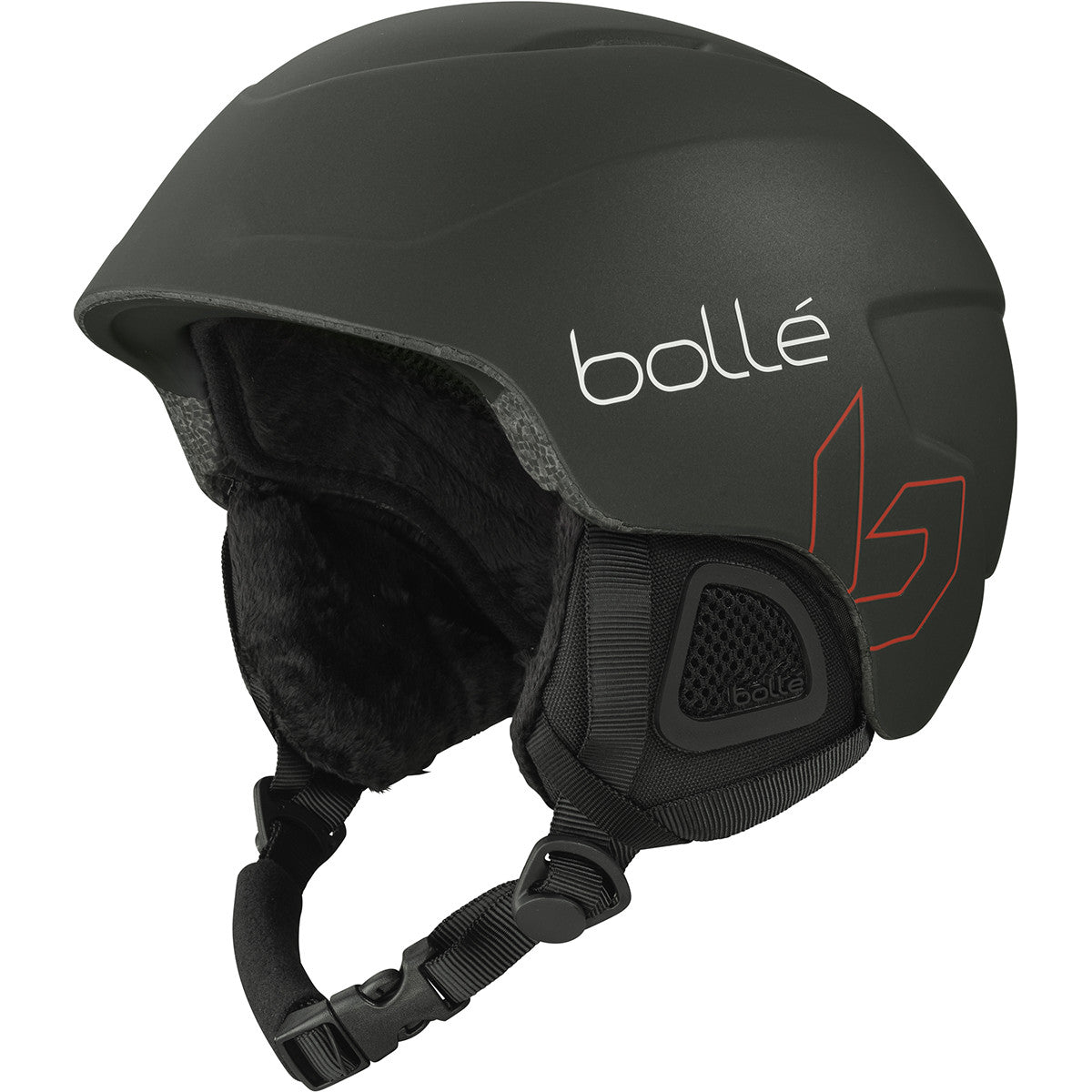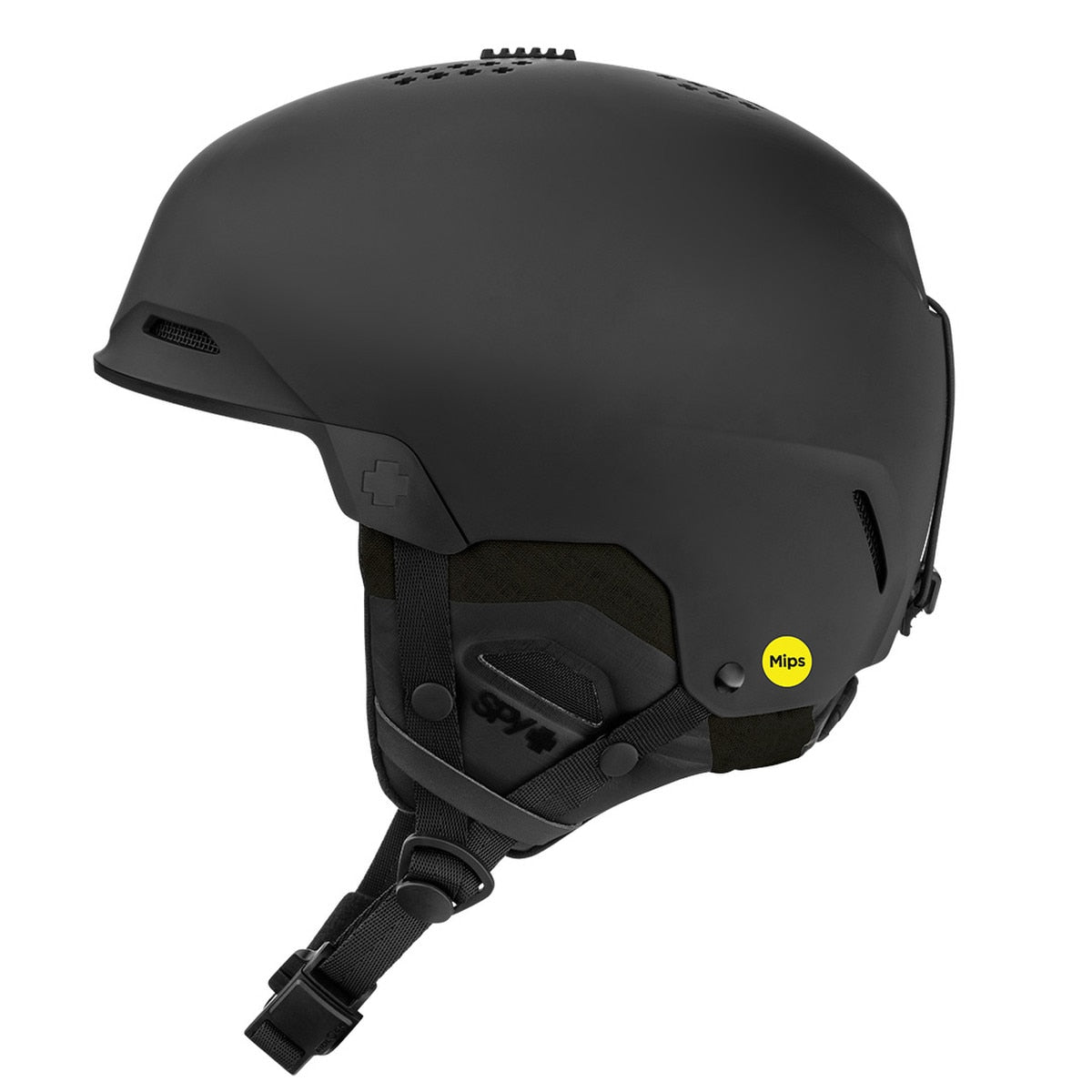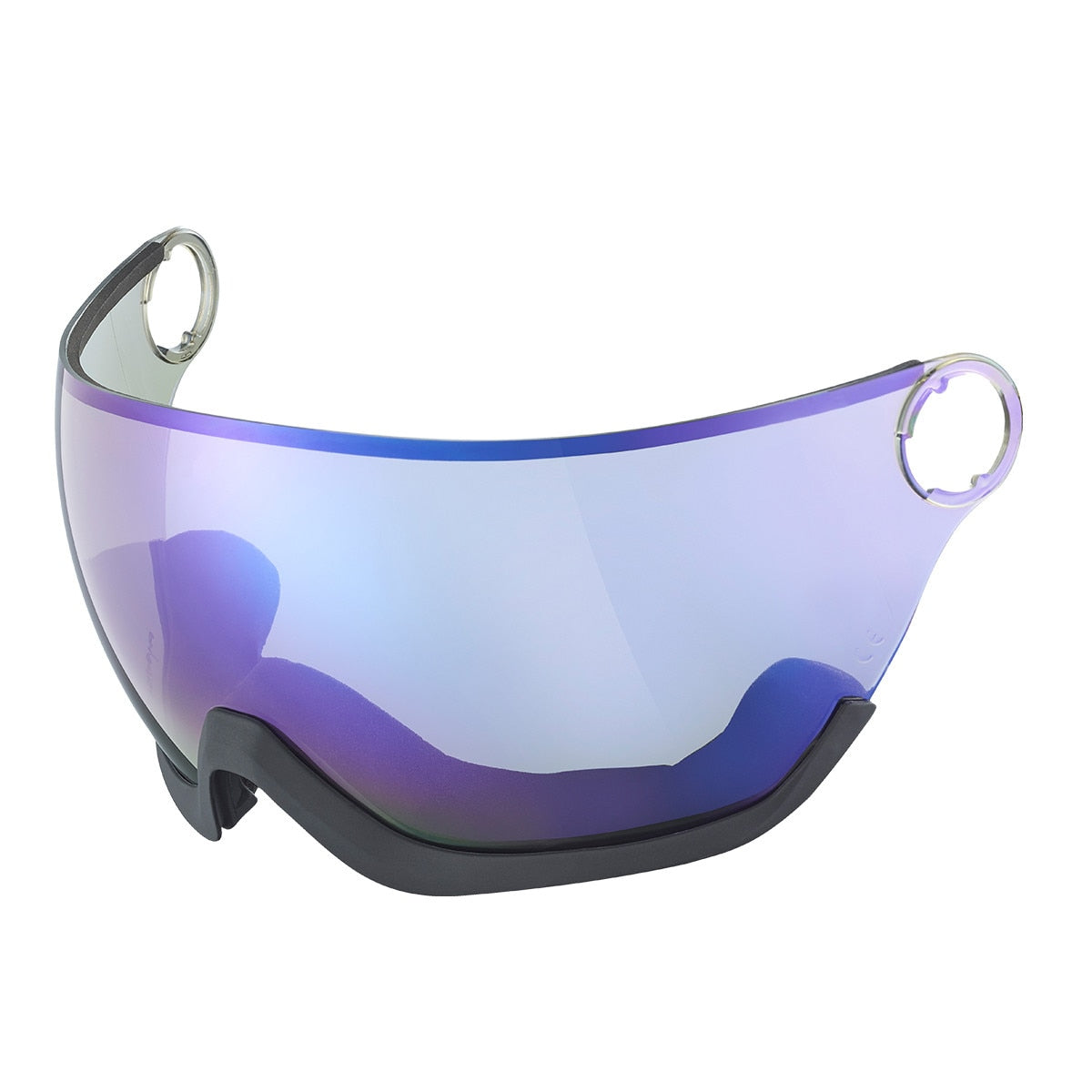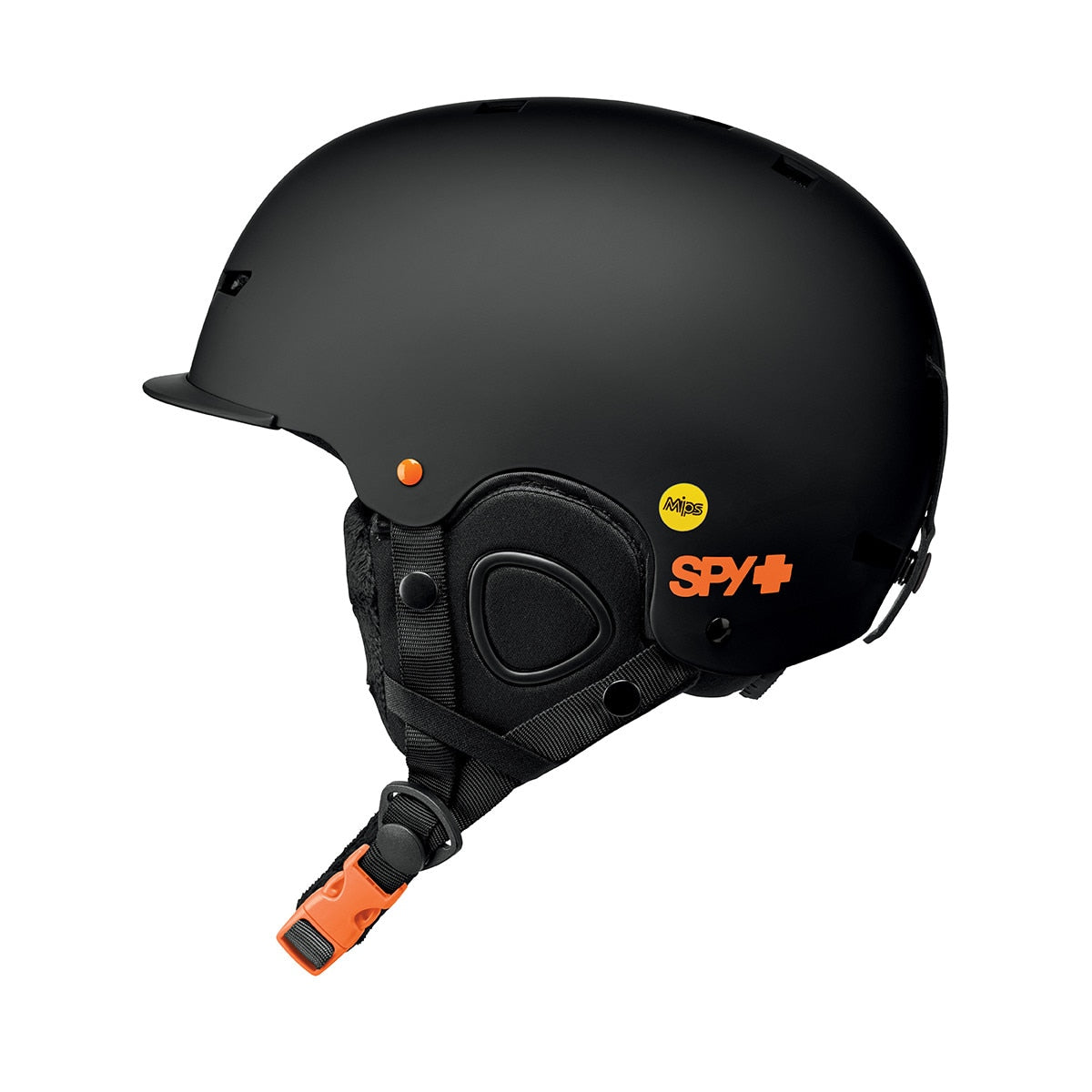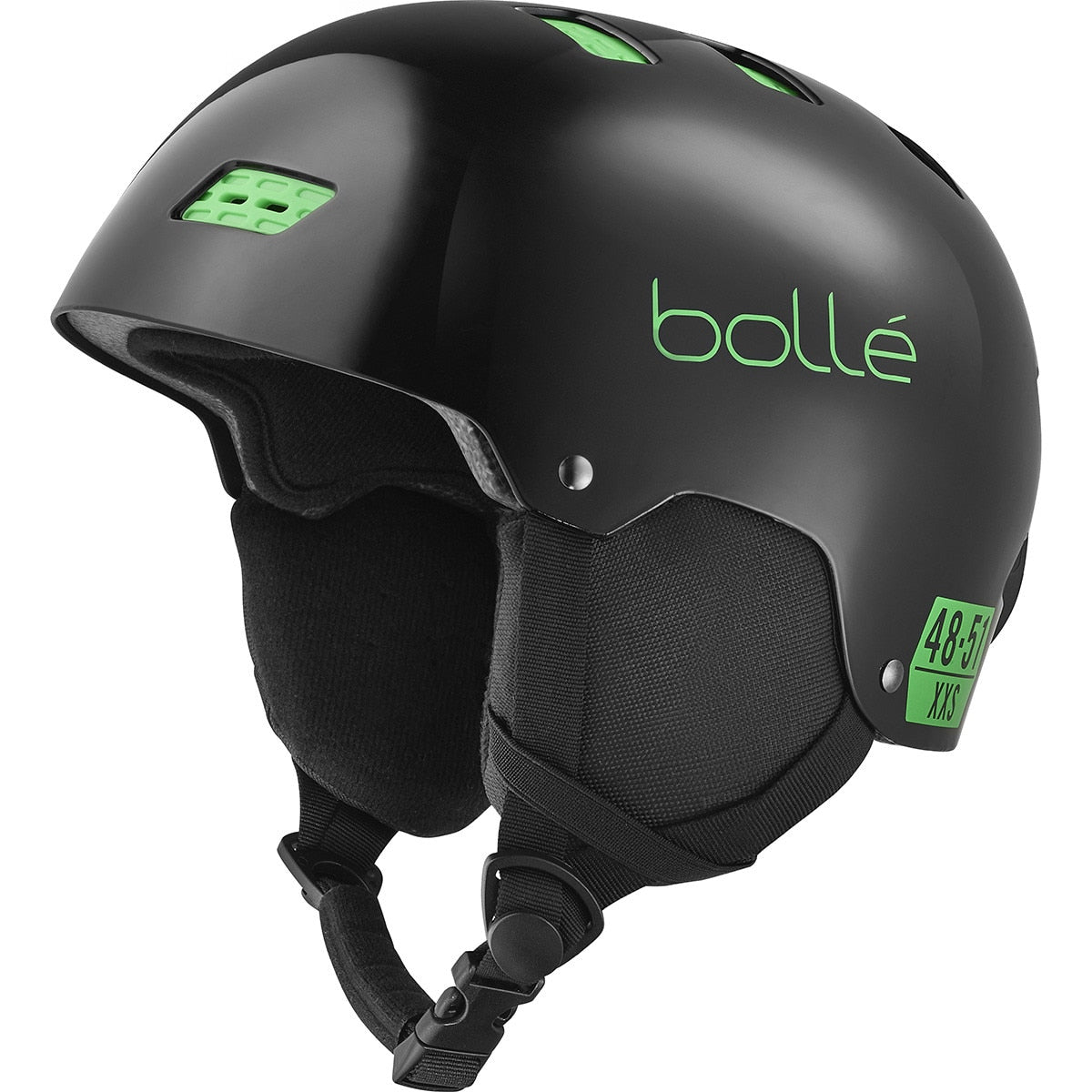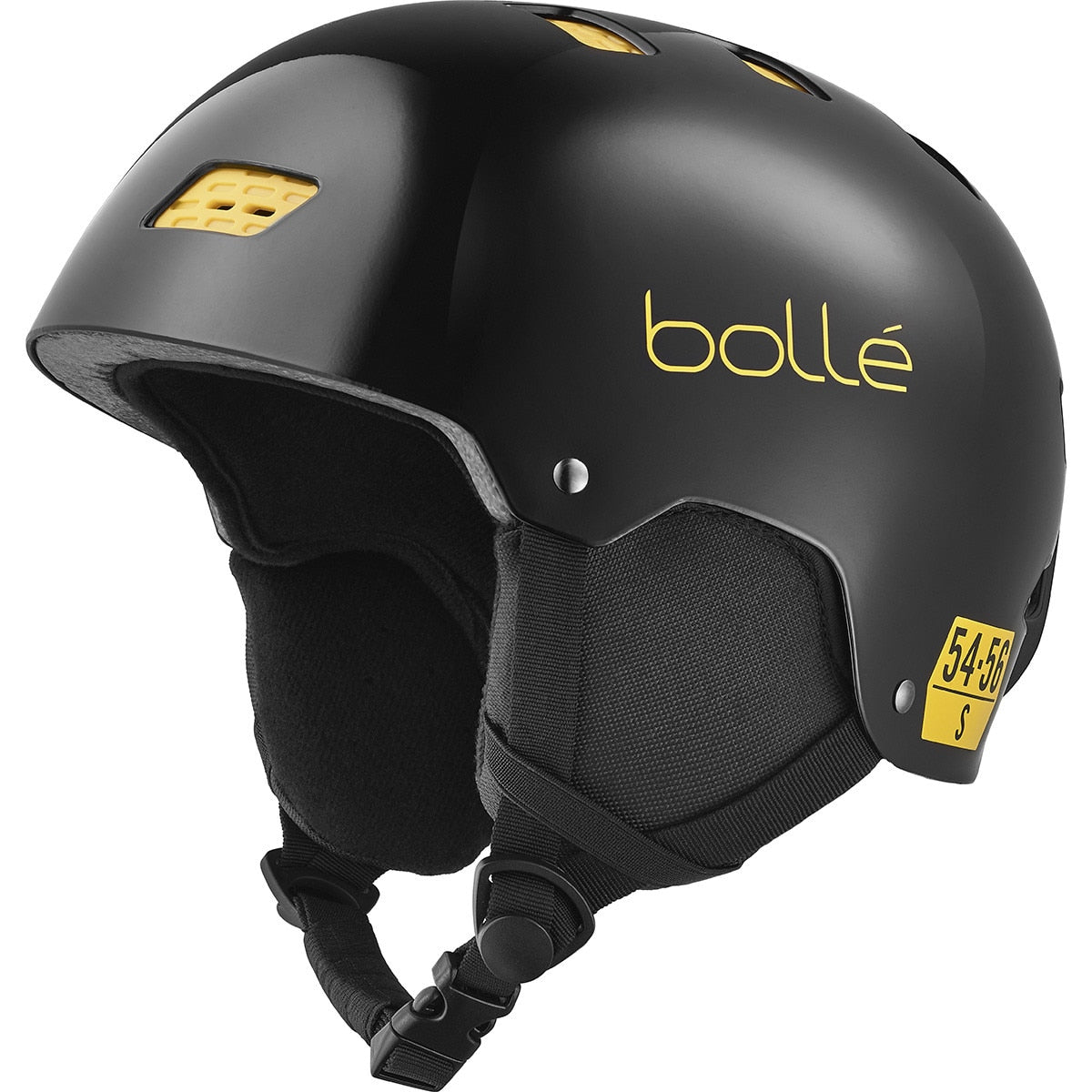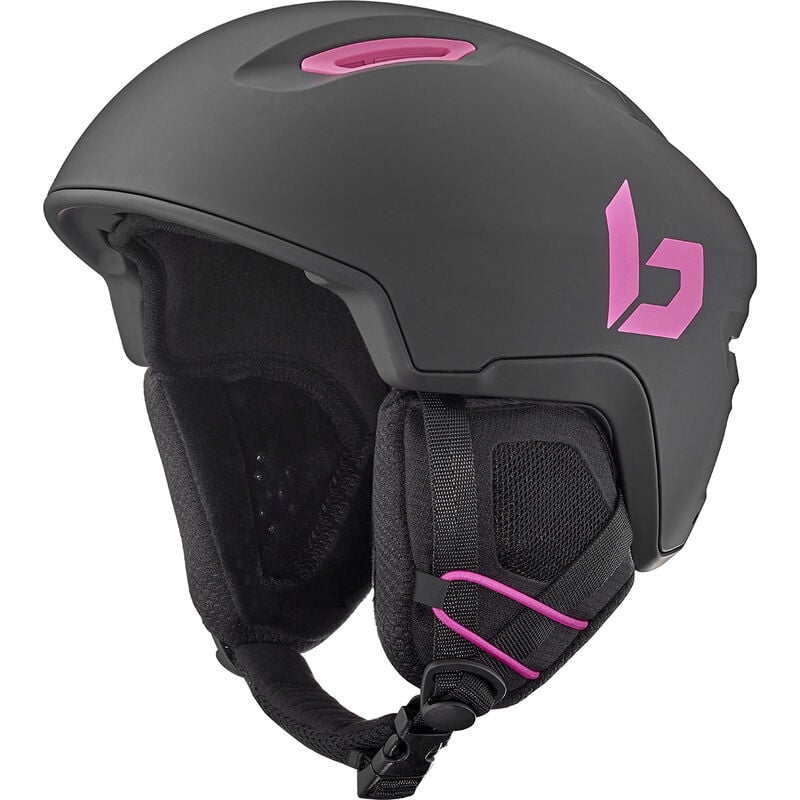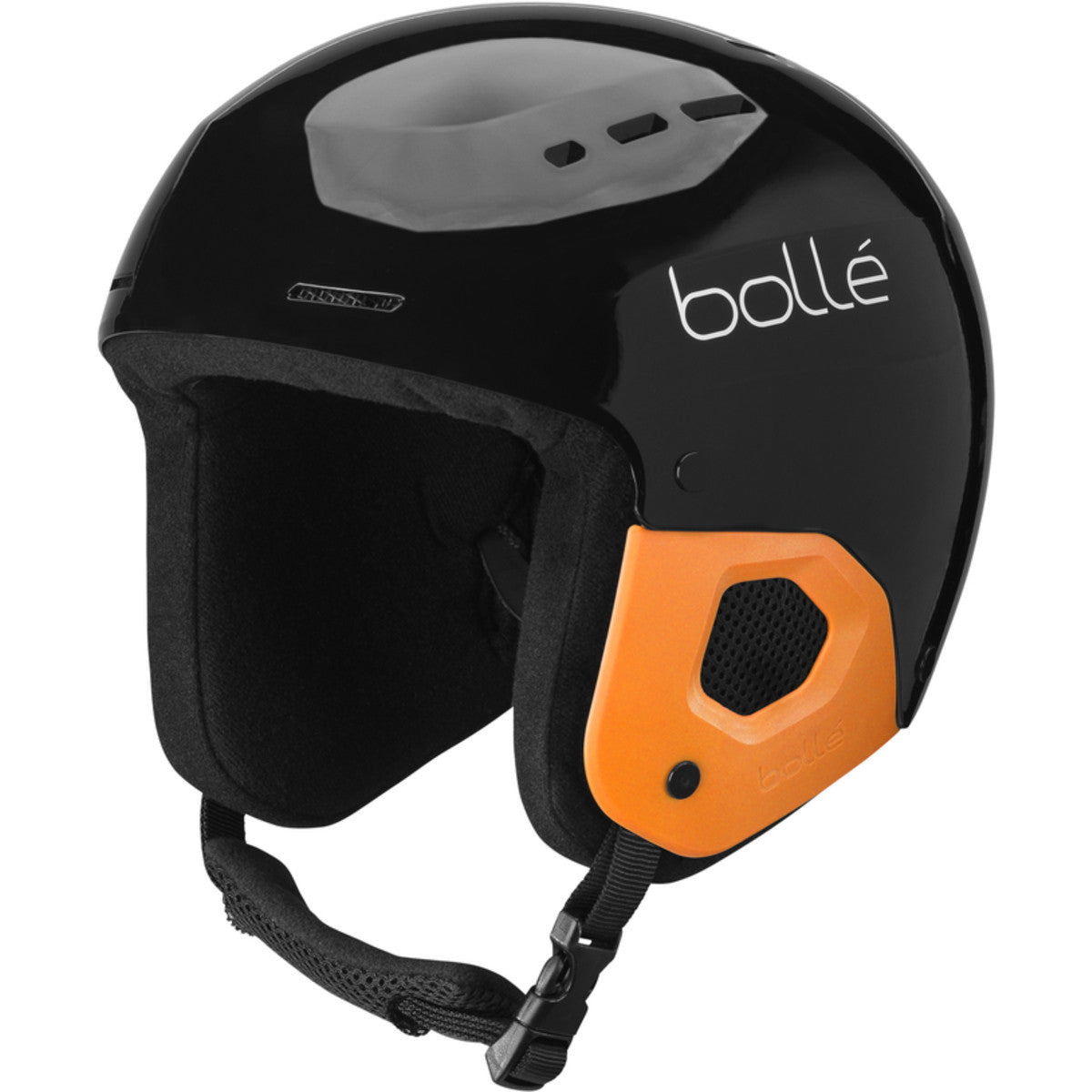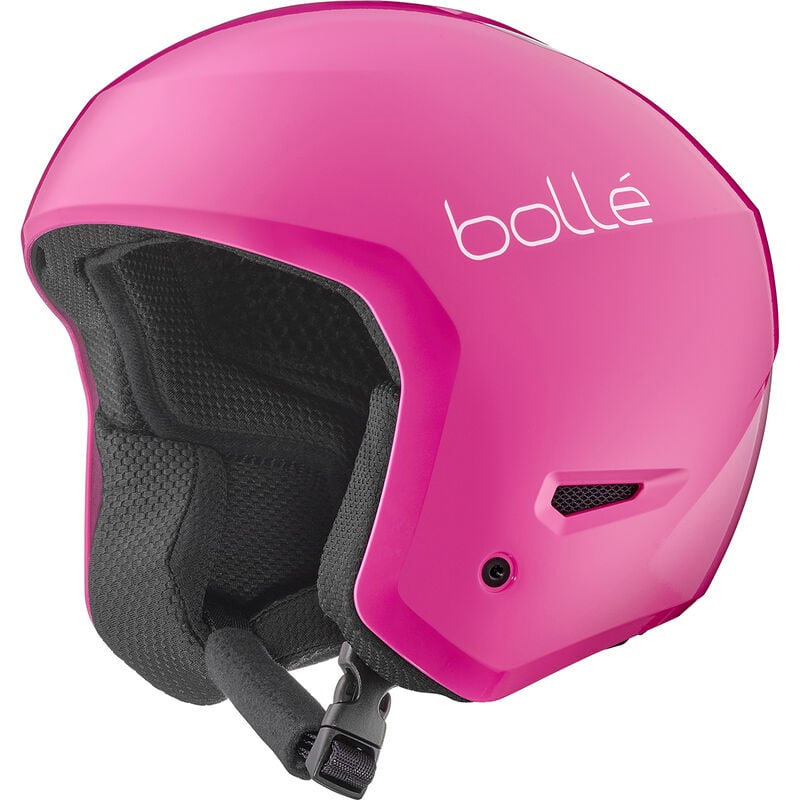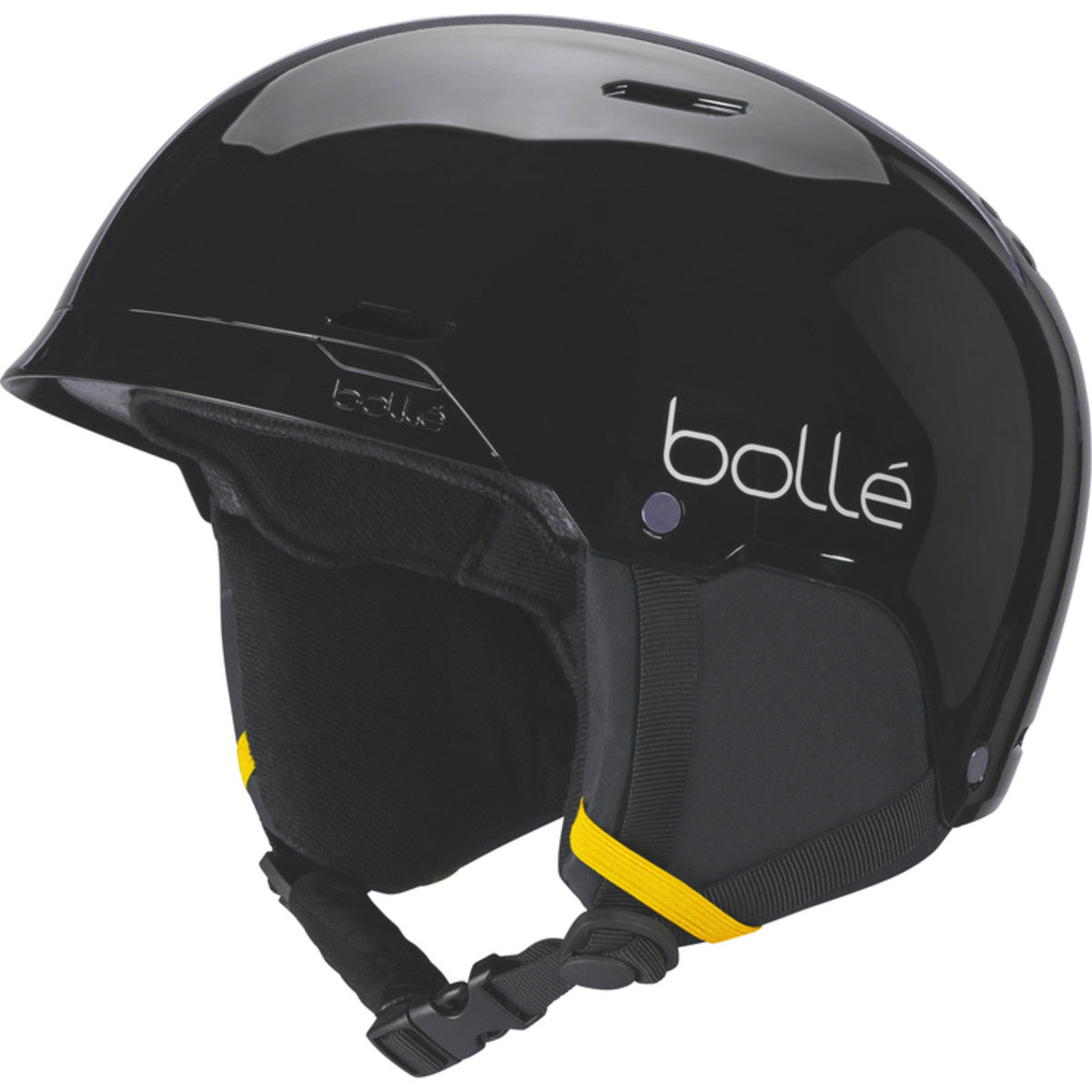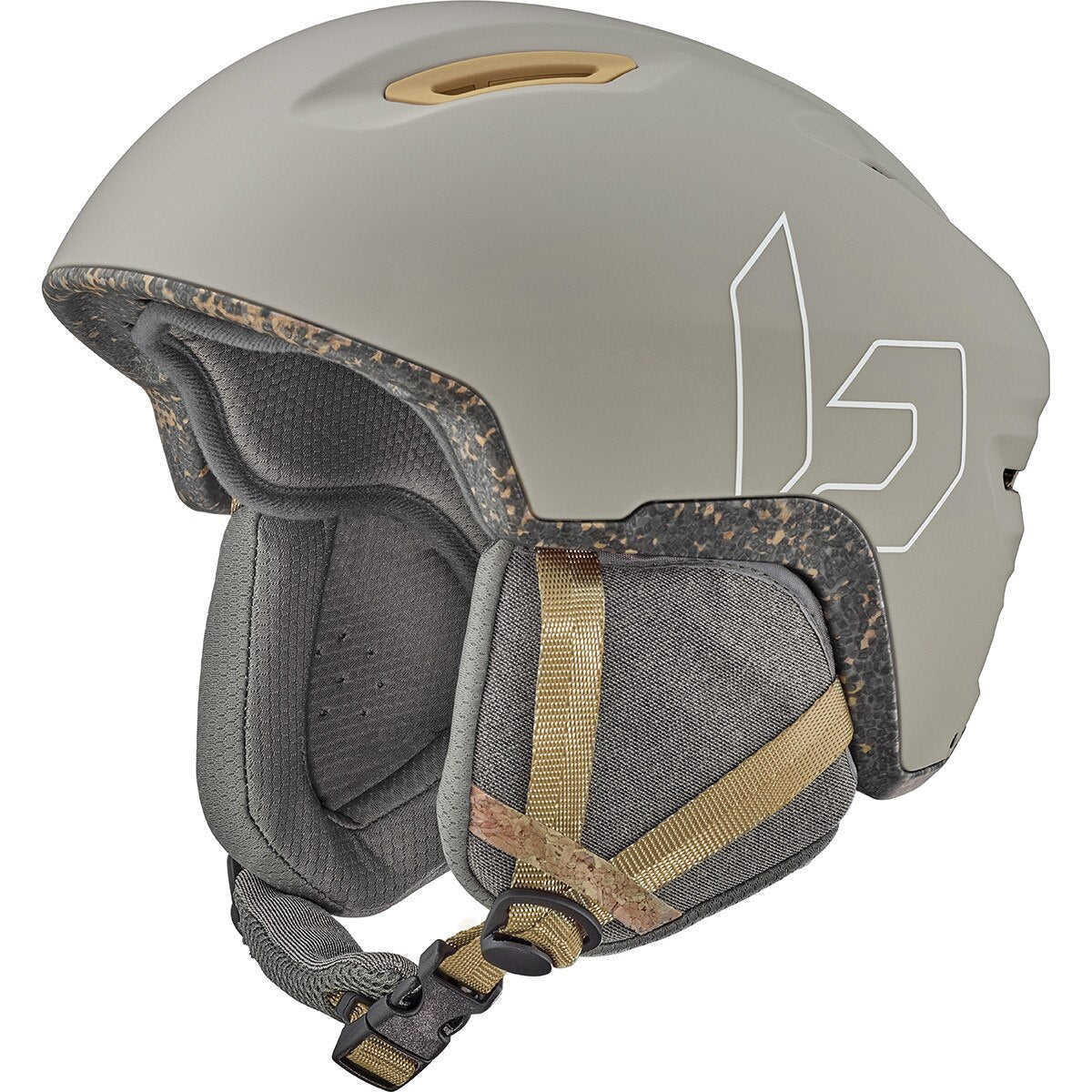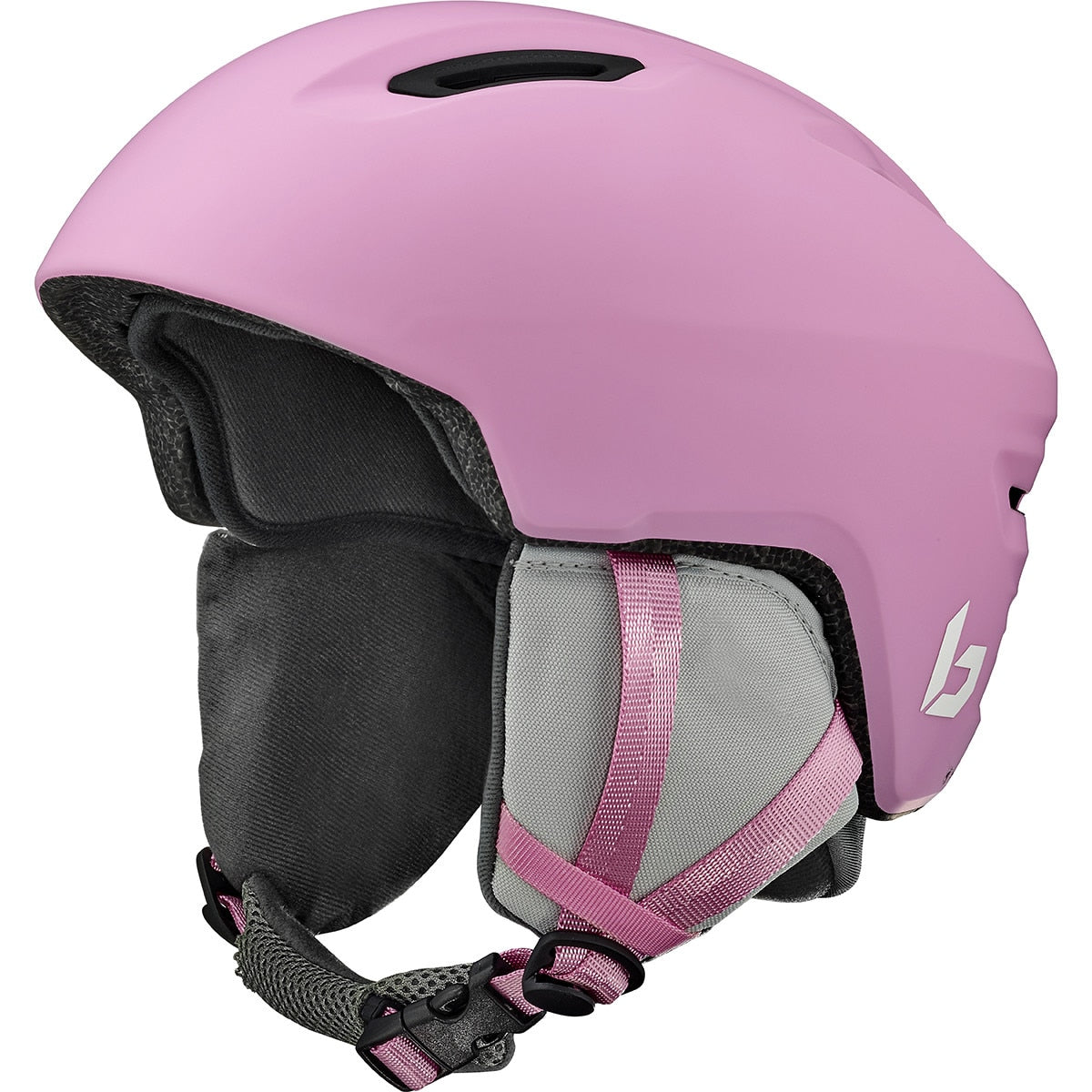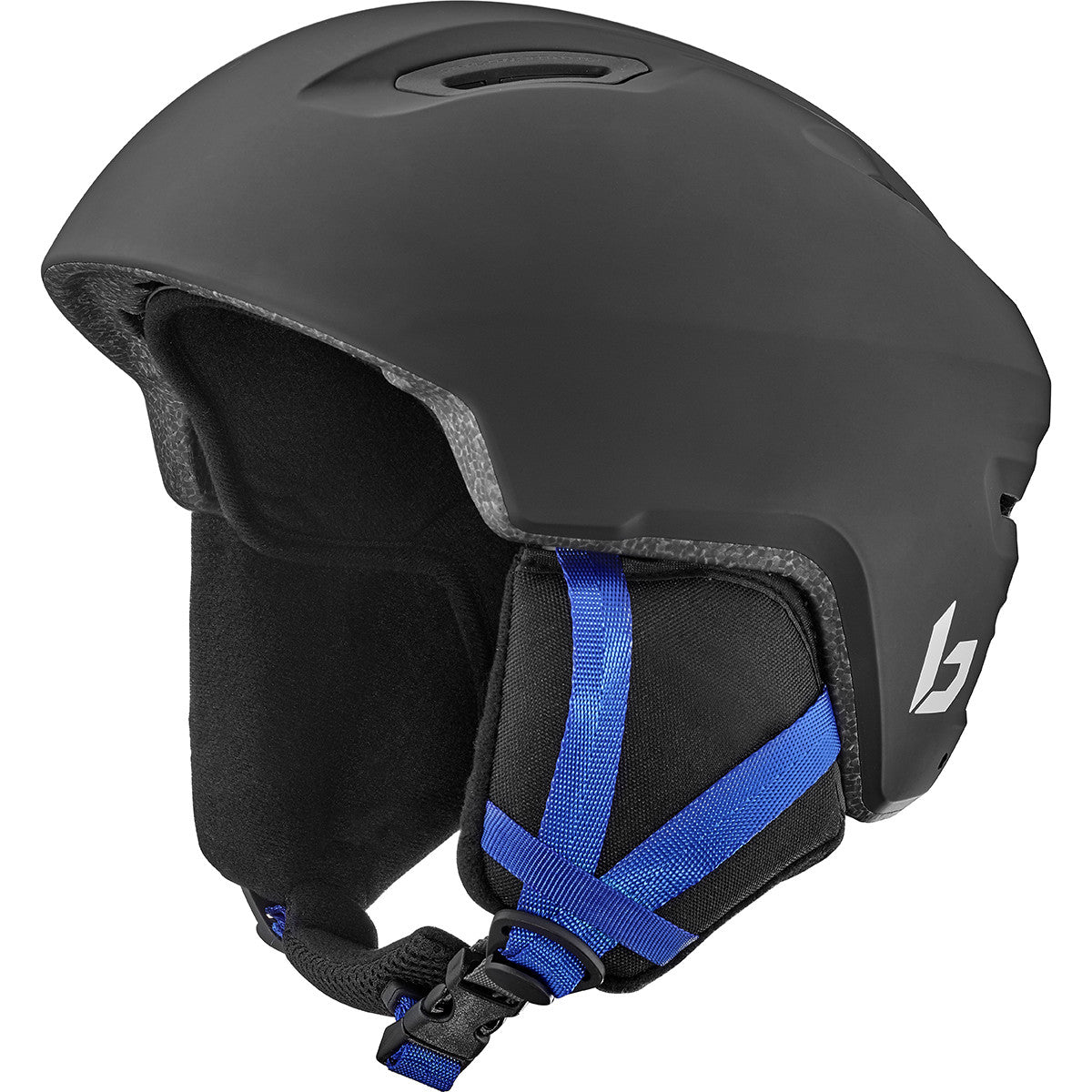You don't have to be an extreme skier to benefit from a snow helmet's impact protection and warmth. Ski and snowboard helmets feature a rigid outer shell (typically ABS plastic) to dissipate impact energy in the event of a fall, and to protect the head from sharp objects and abrasion. Attached to this outer shell is an inner foam liner that helps absorb impact.
Ski Helmet Sizing and Fit
- Measure your size (head circumference): Beginning at point 1" above your eyebrows, wrap a tape measure around the largest part of your head. (Keep the tape level as you do so.) Then check the helmet's product information to determine your size.
- Checking the fit: A helmet should be snug but not tight. Shake your head from side to side. If the helmet shifts, try a smaller size or adjust the sizing mechanism.
- Make sure the helmet nestles snugly against the top of the goggles - but not so low that it hinders vision or pushes the goggles down.
- The helmet's front edge should sit low enough to protect your forehead (no more than 1" above the eyebrows). Also, check to ensure there are no gaps between your head and the helmet lining.
- Chinstrap fit: The chin strap should nestle against the throat, fitting snugly but loose enough so you can chew food without feeling choked or pinched.

